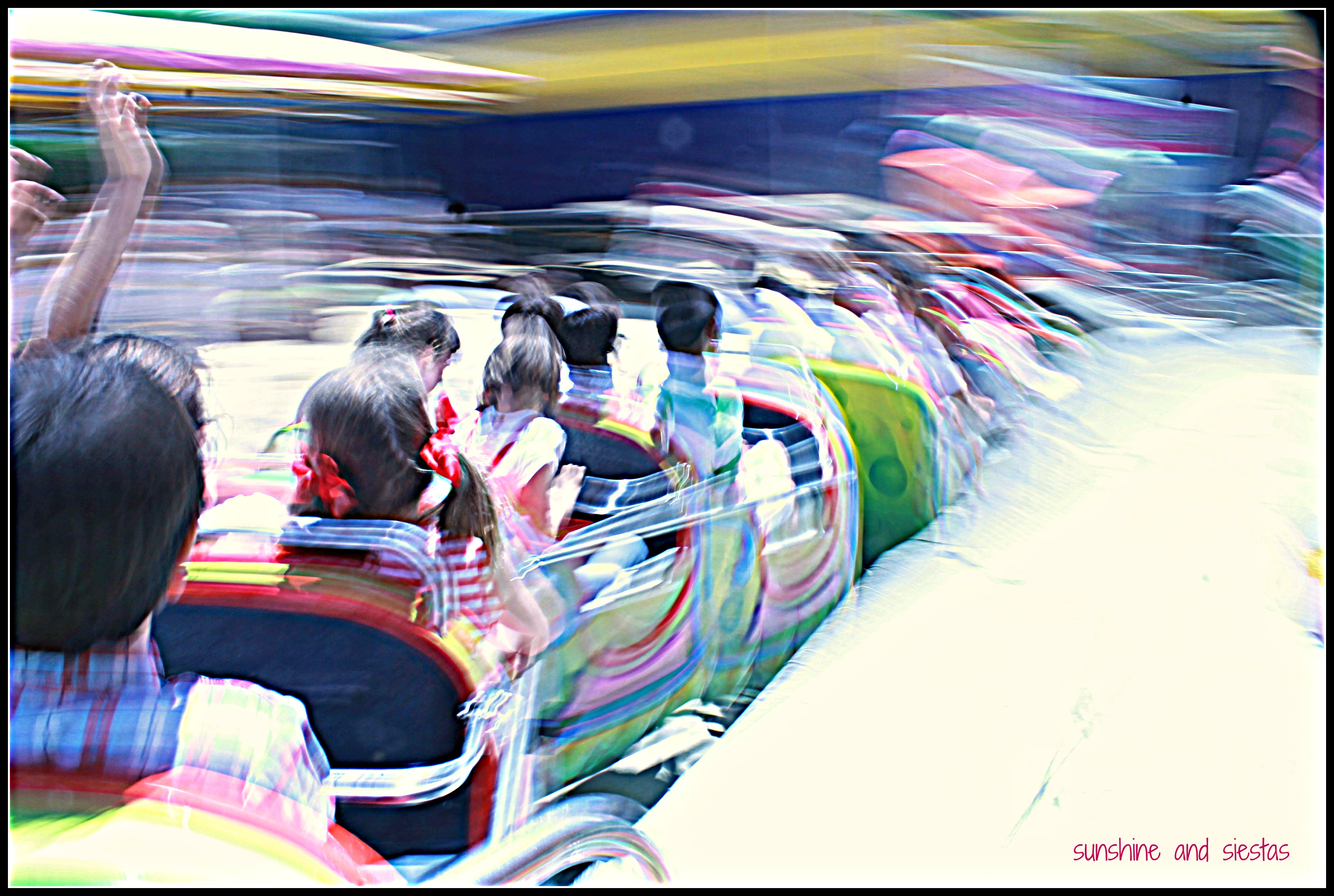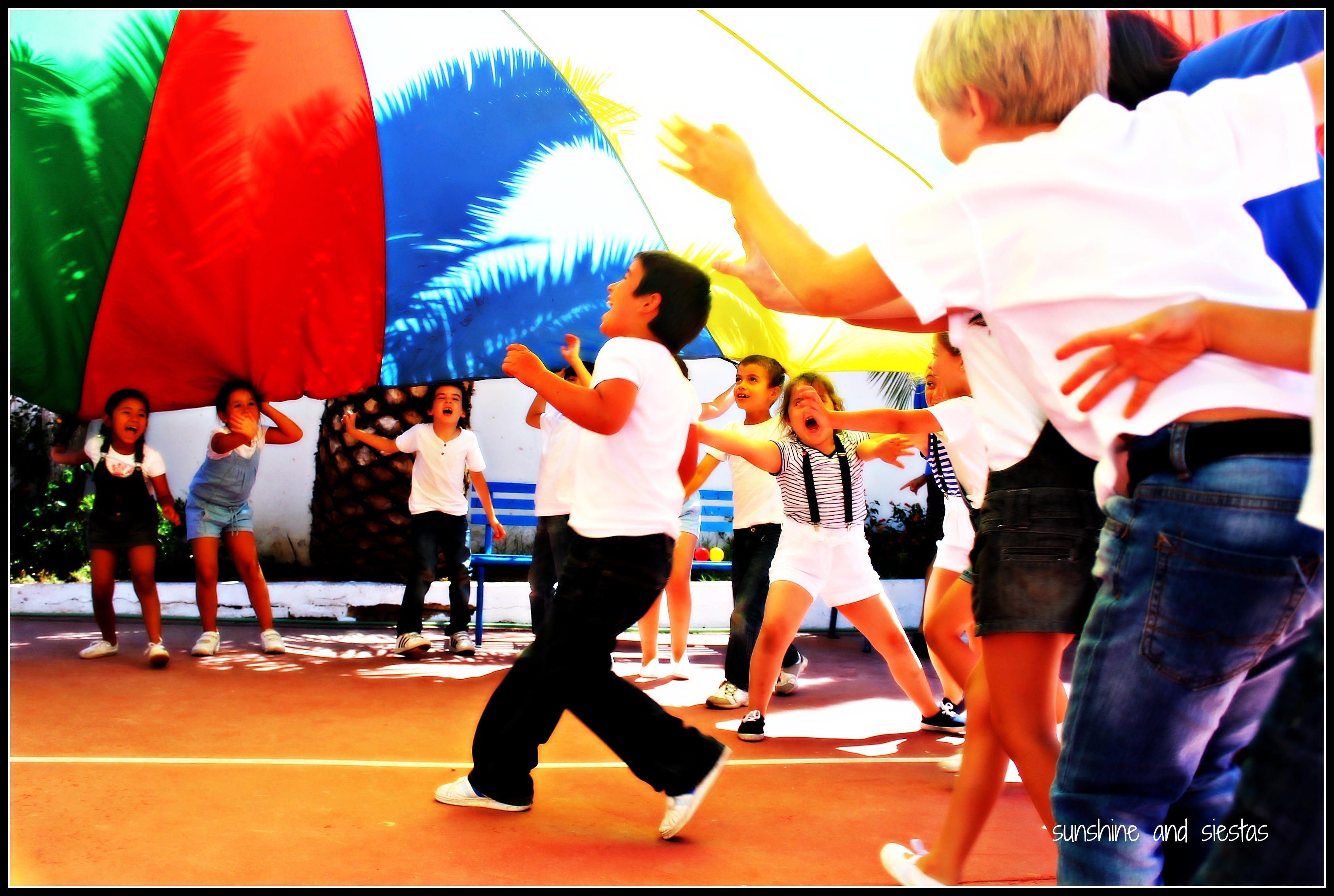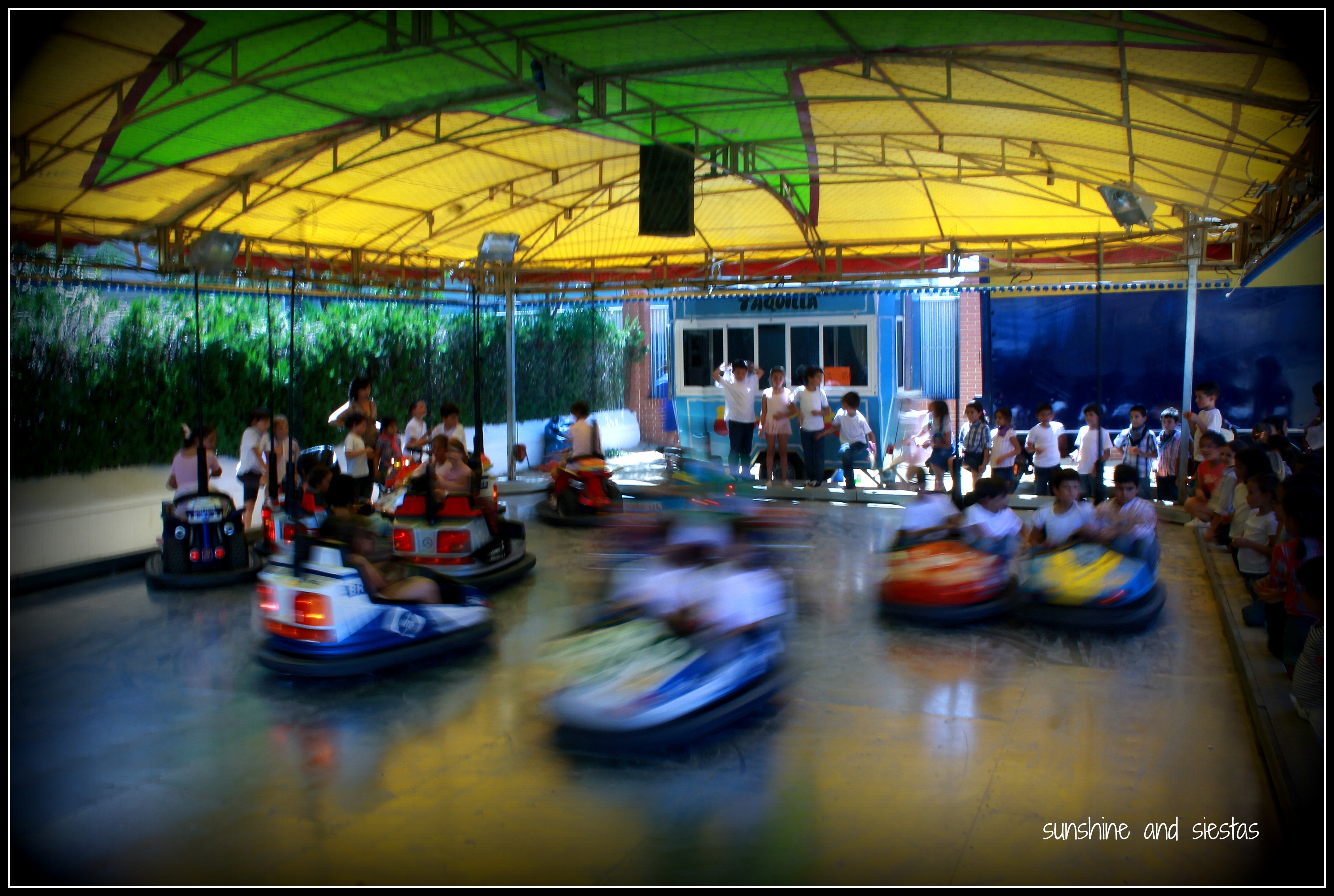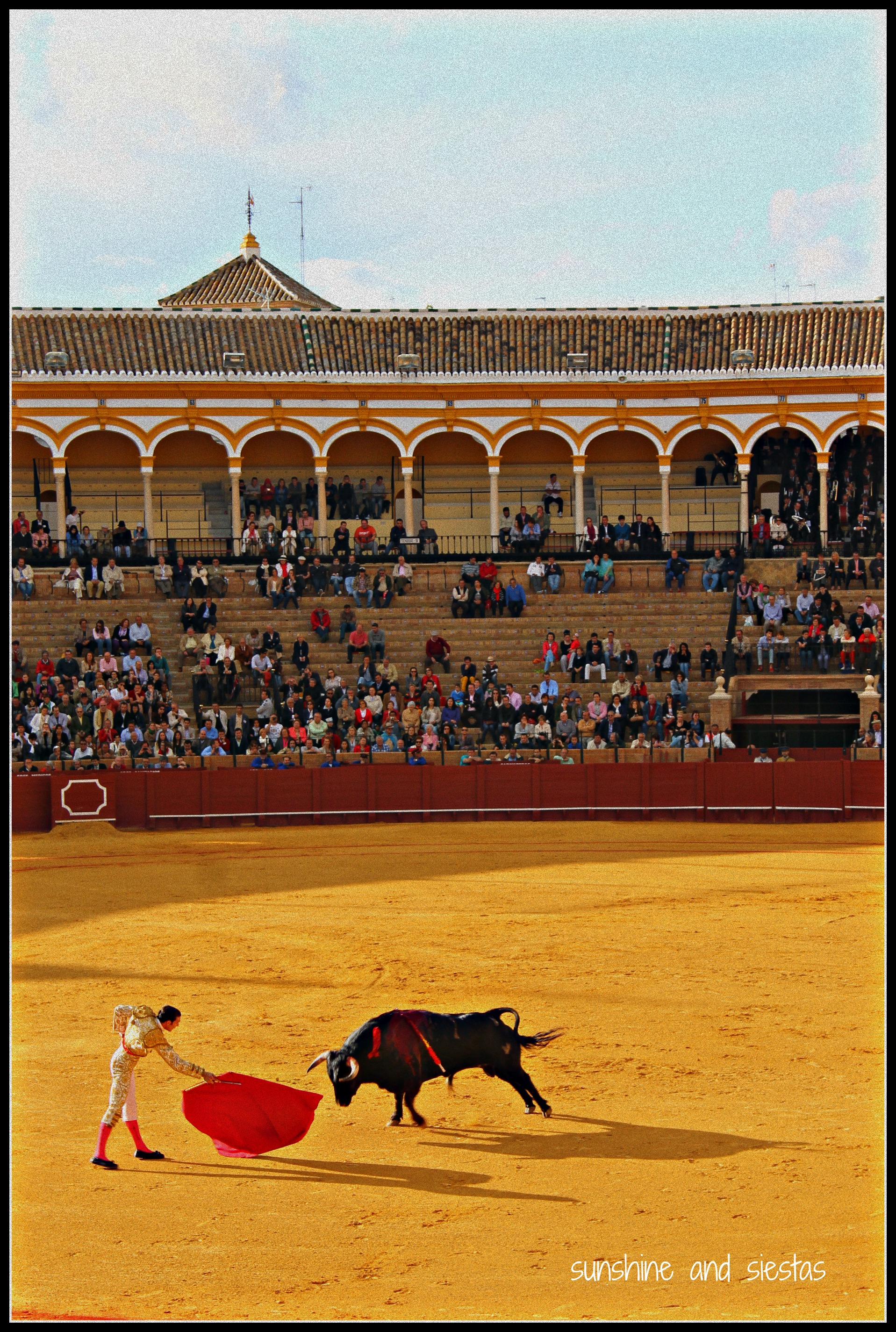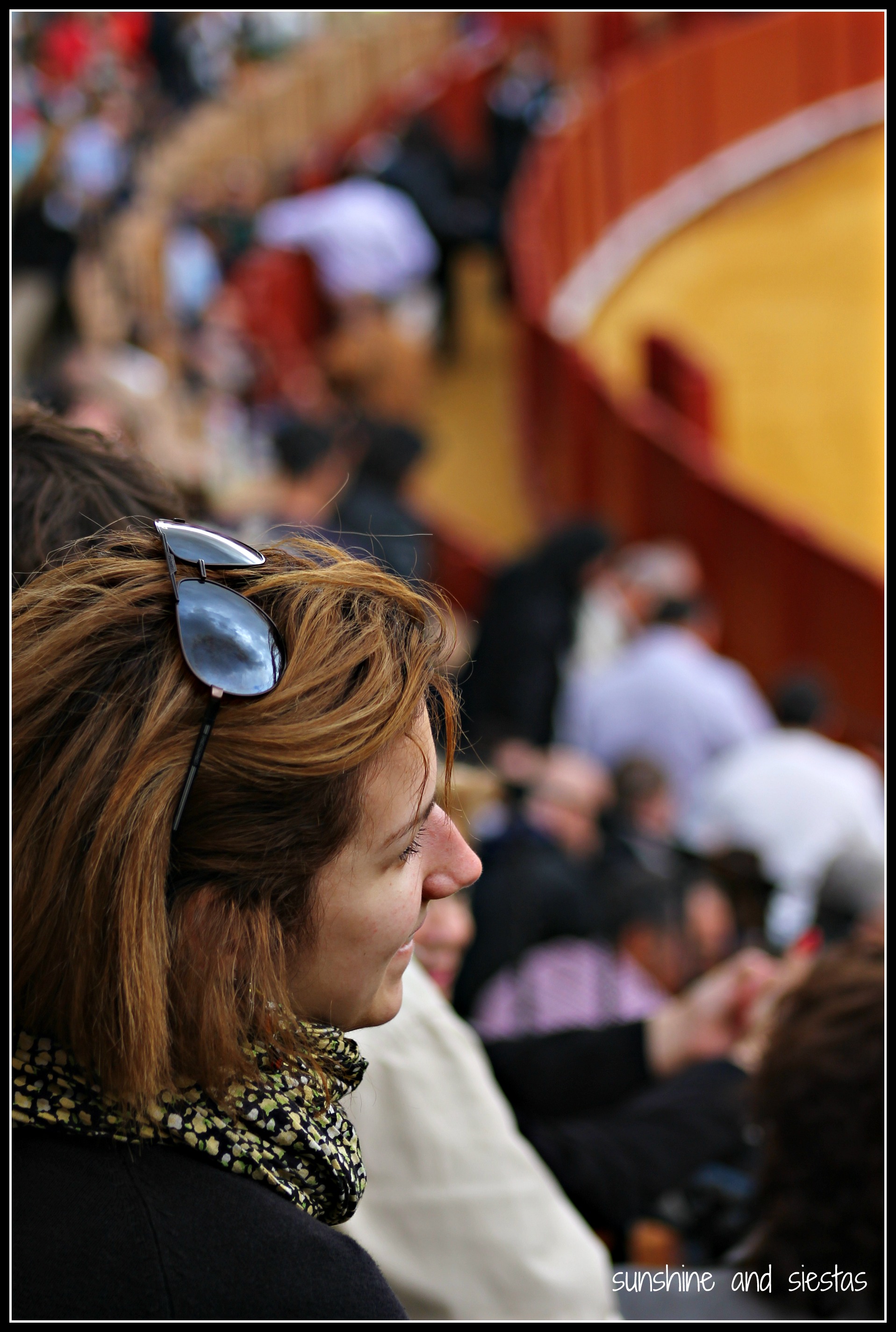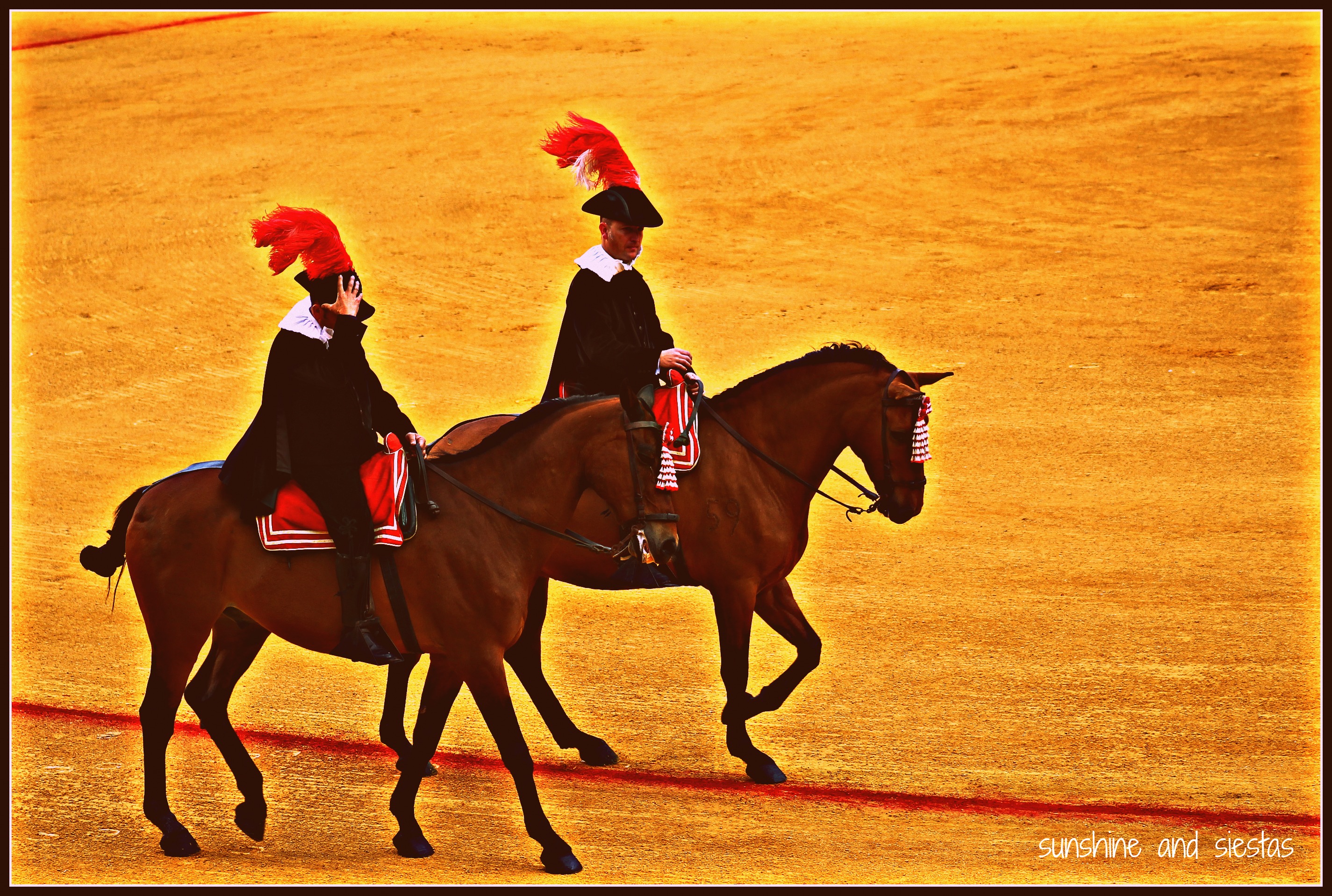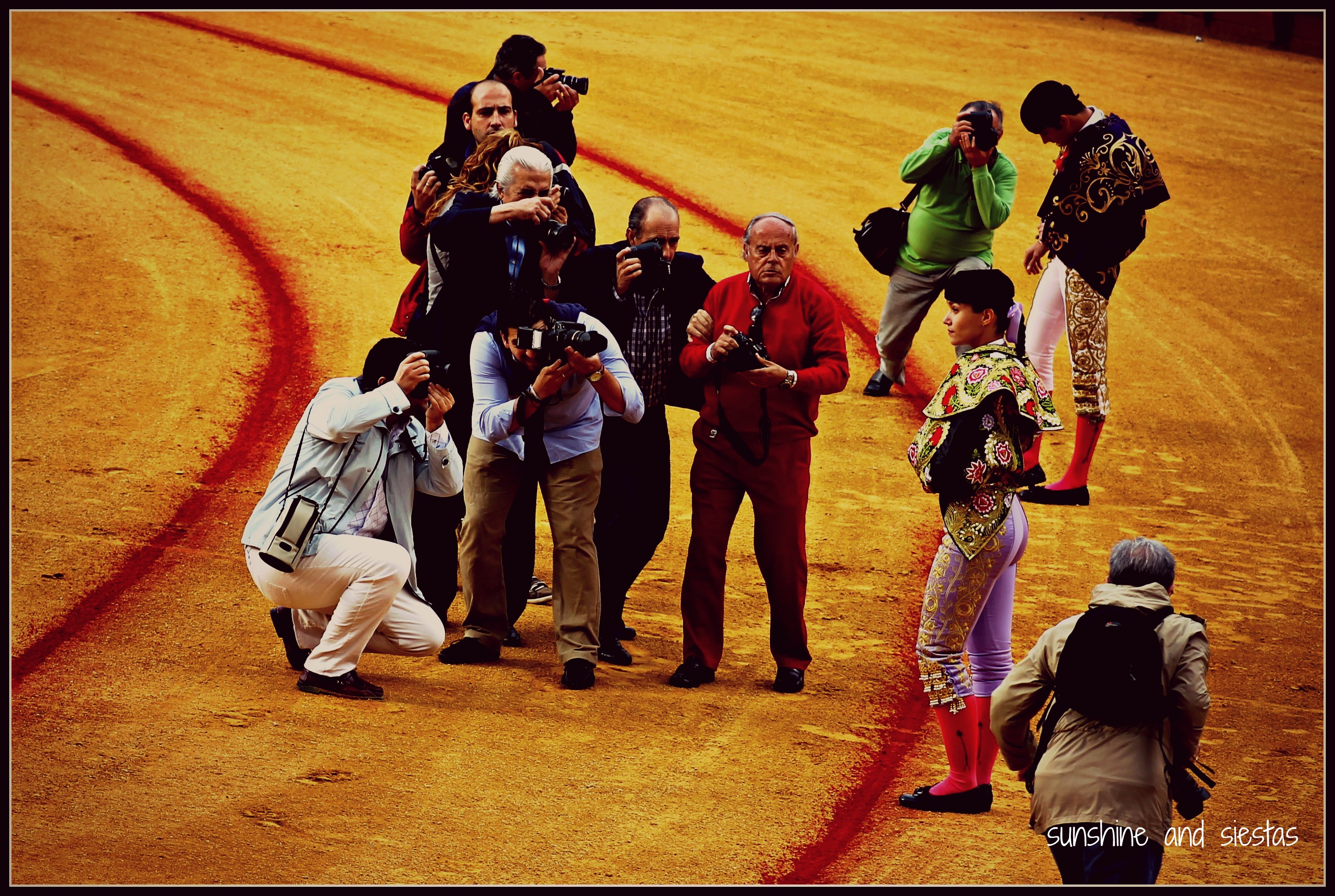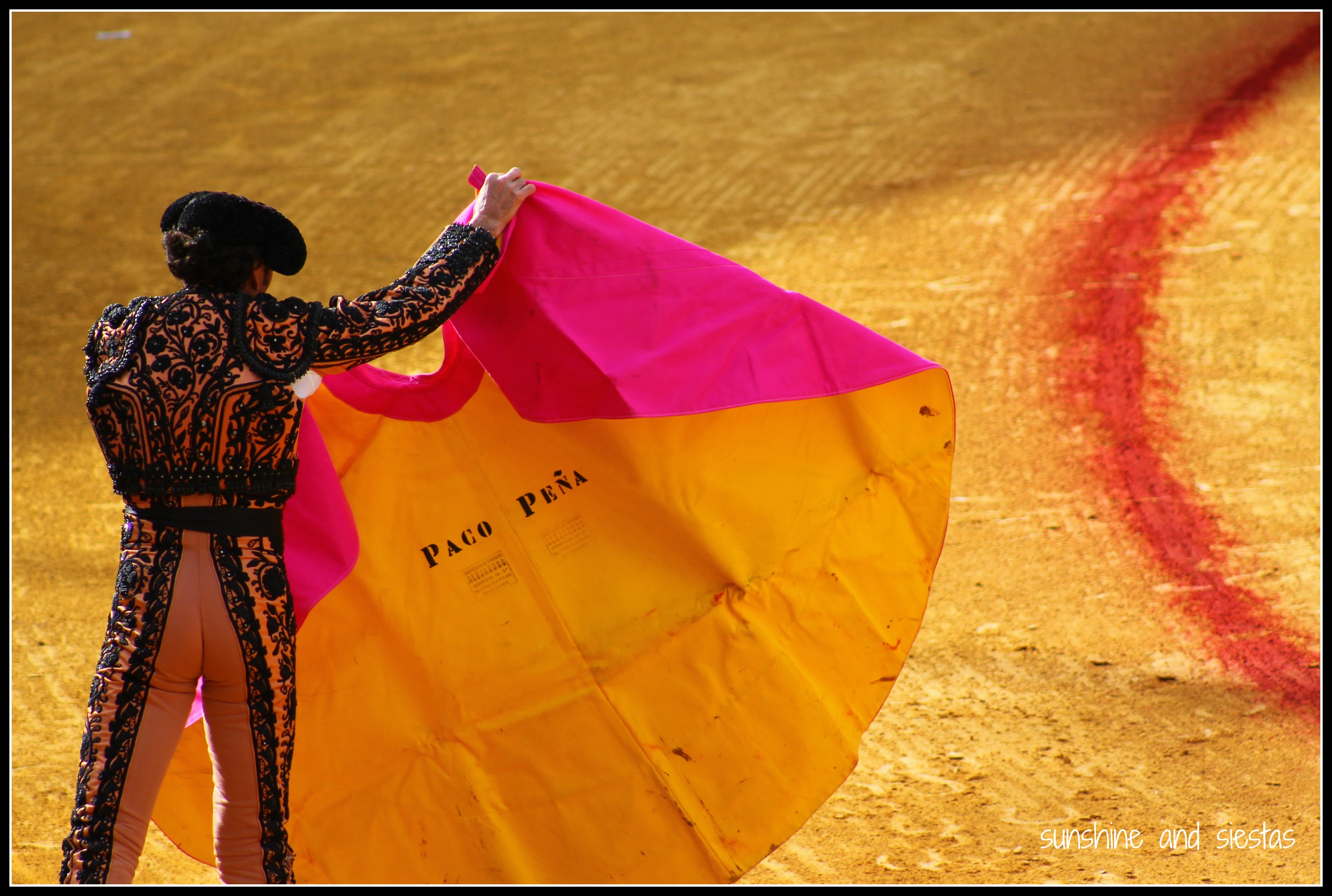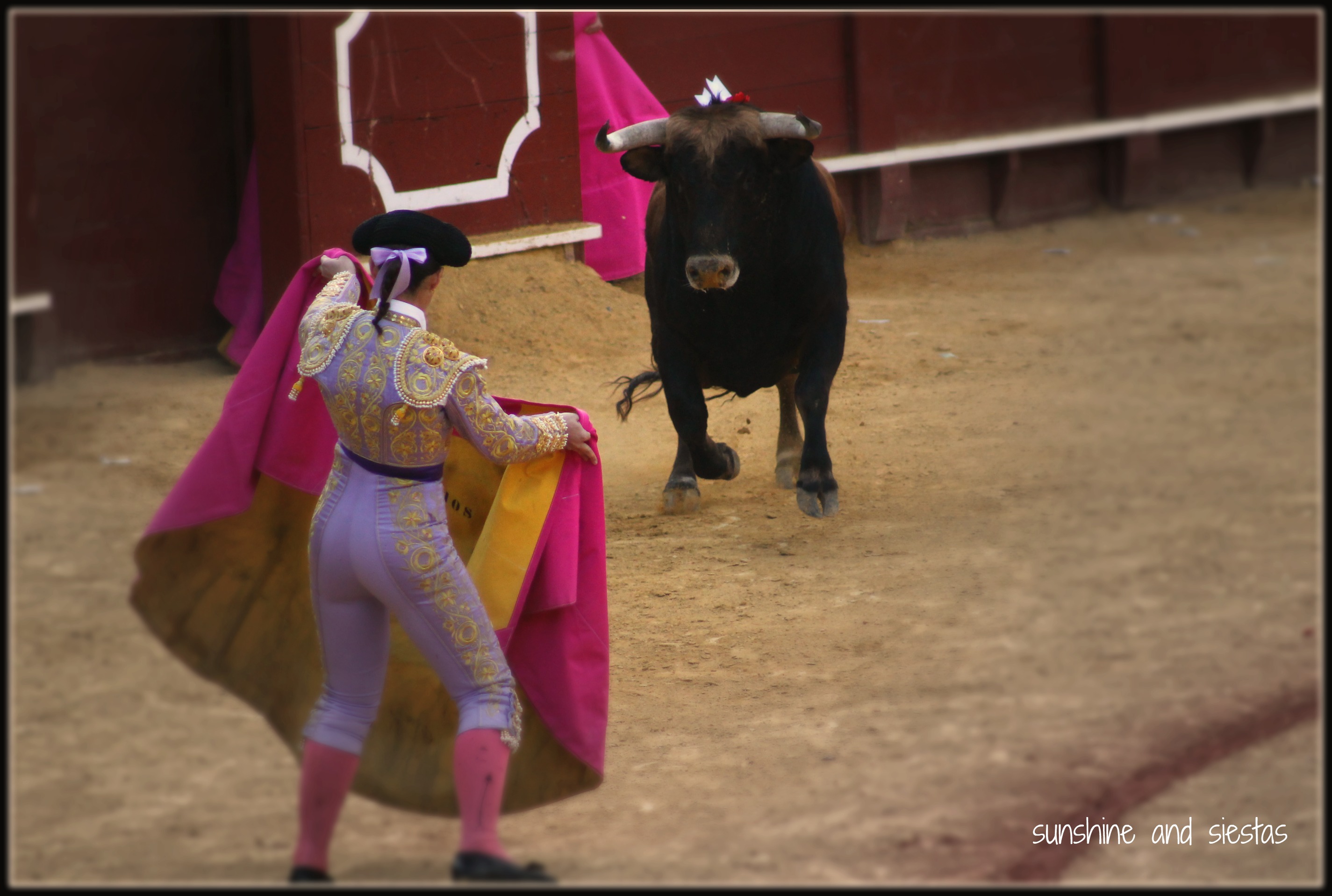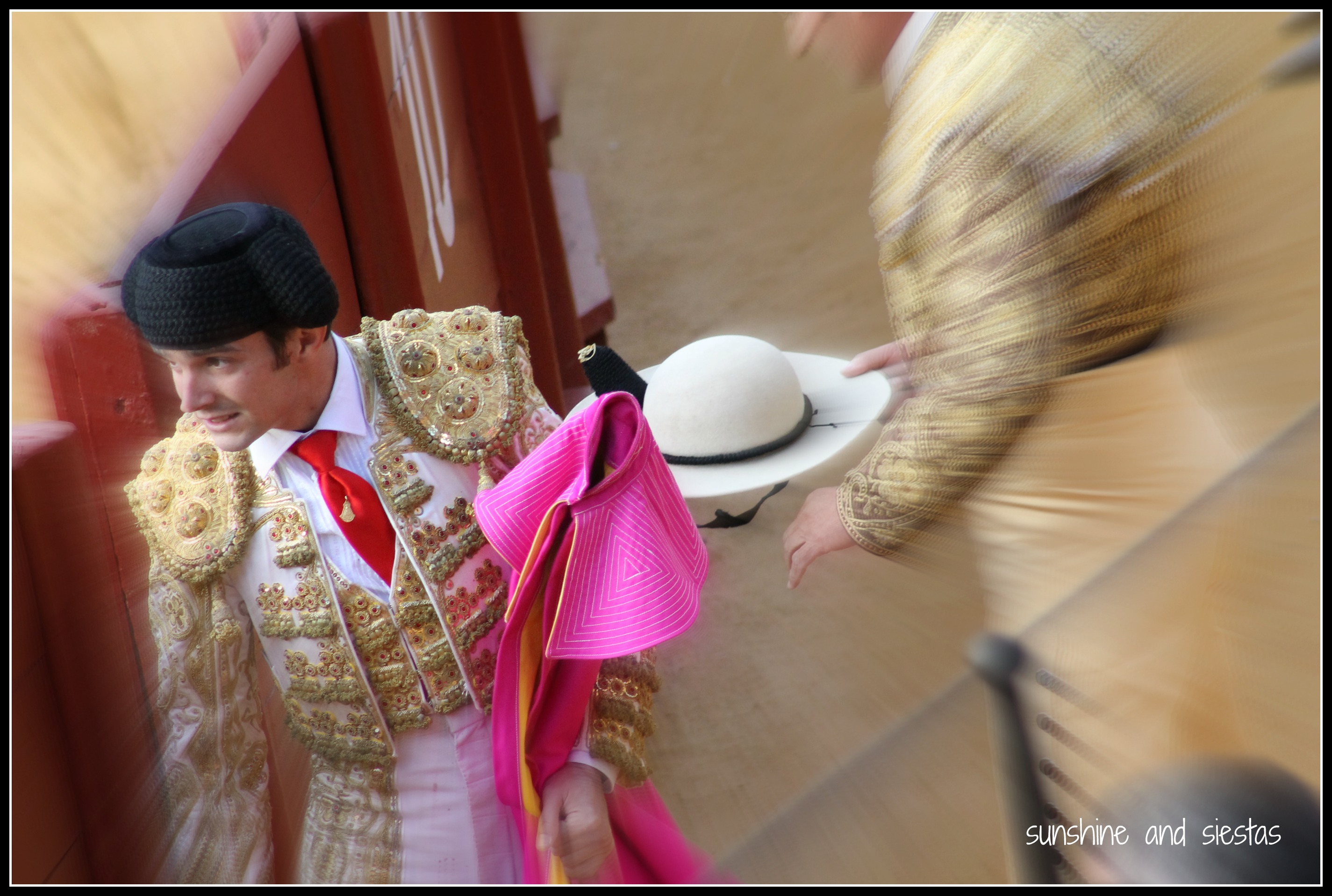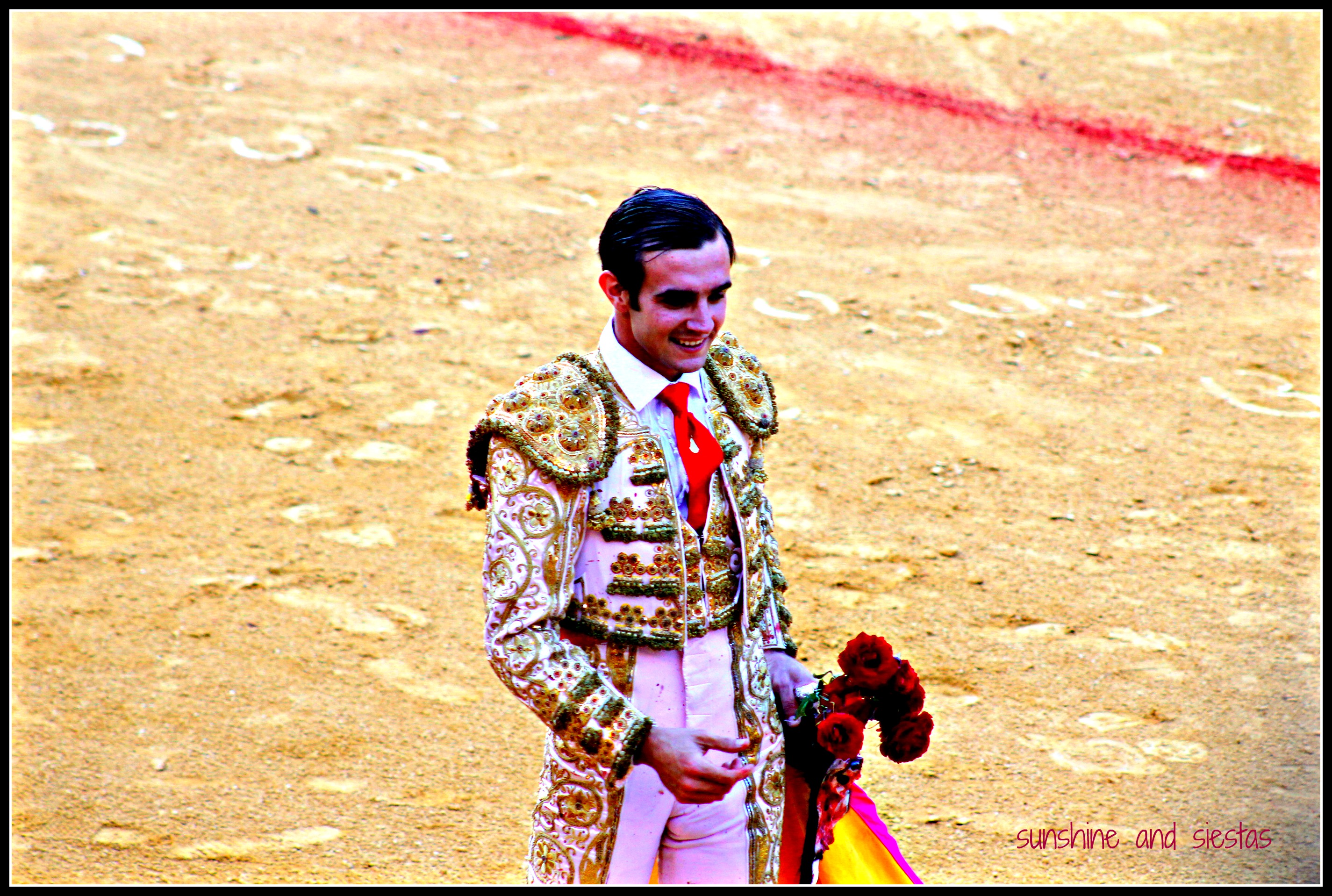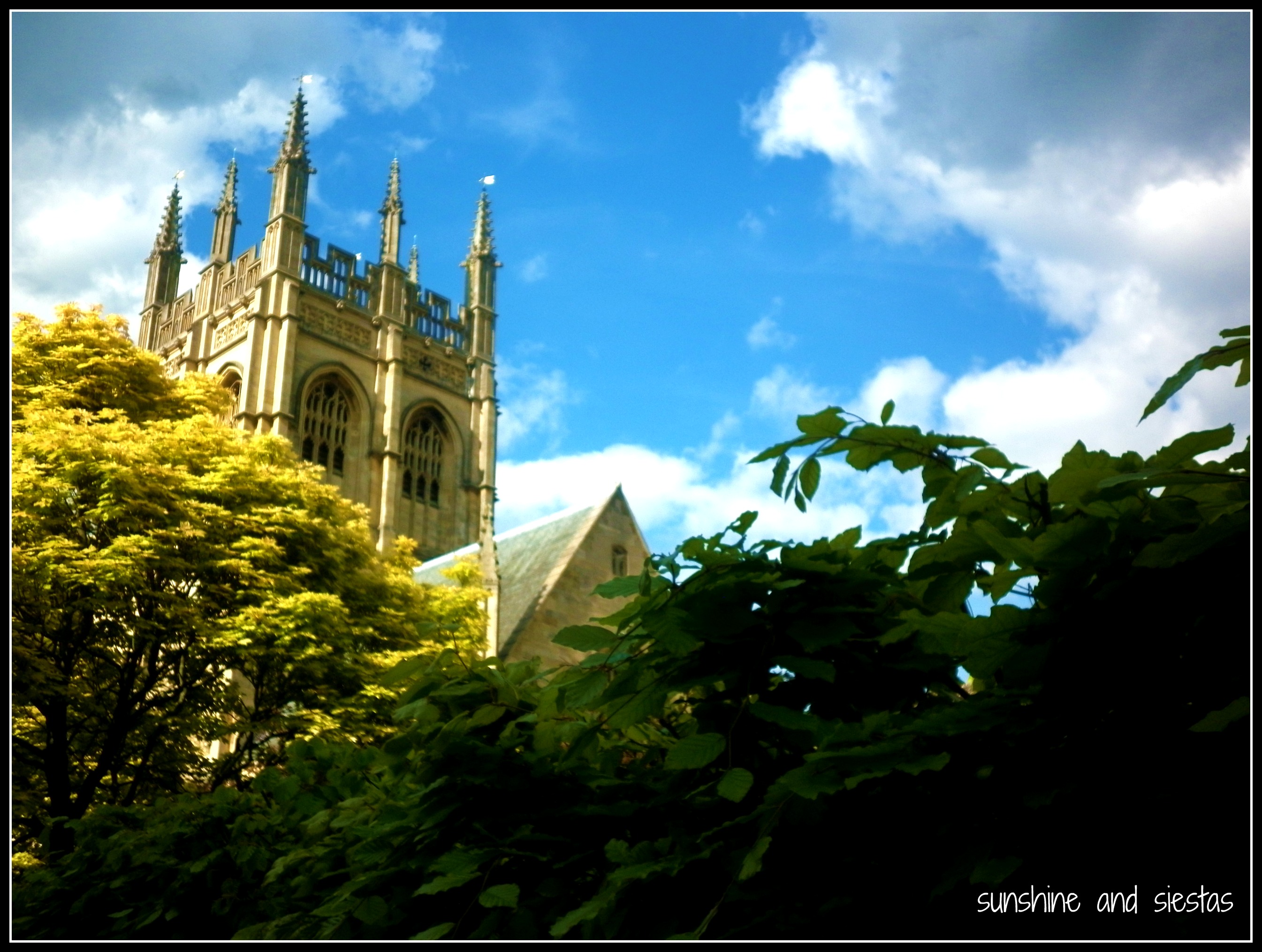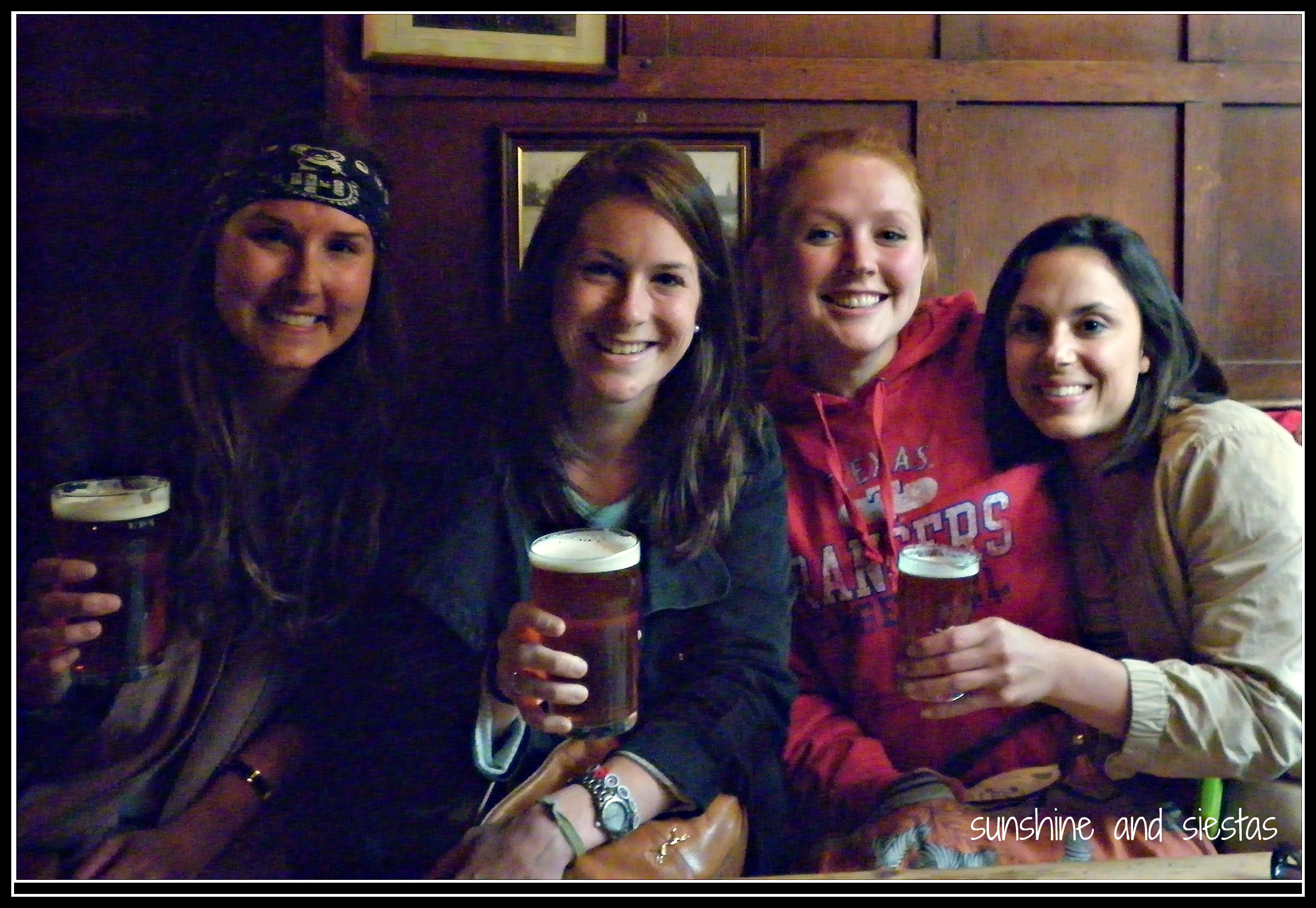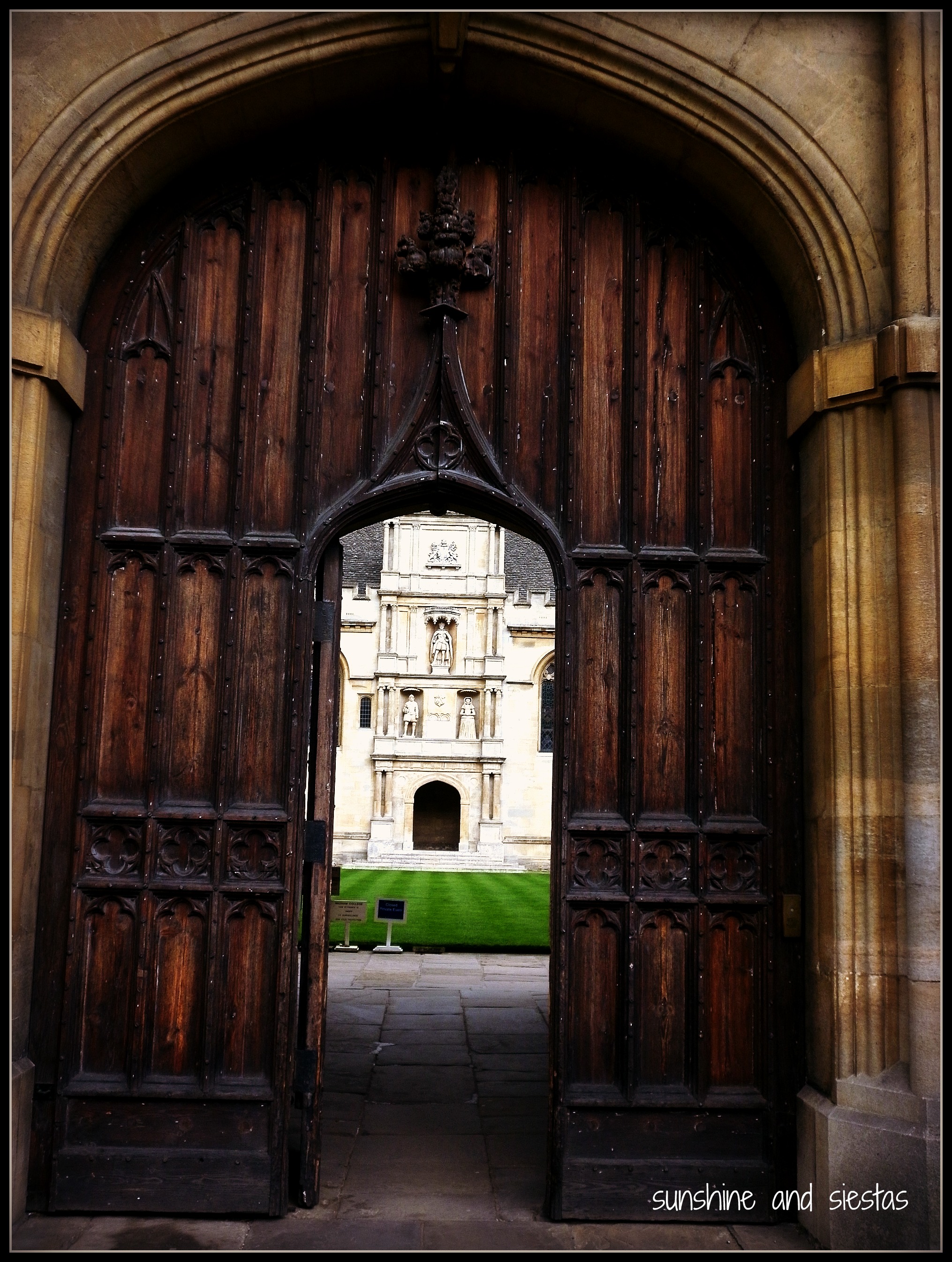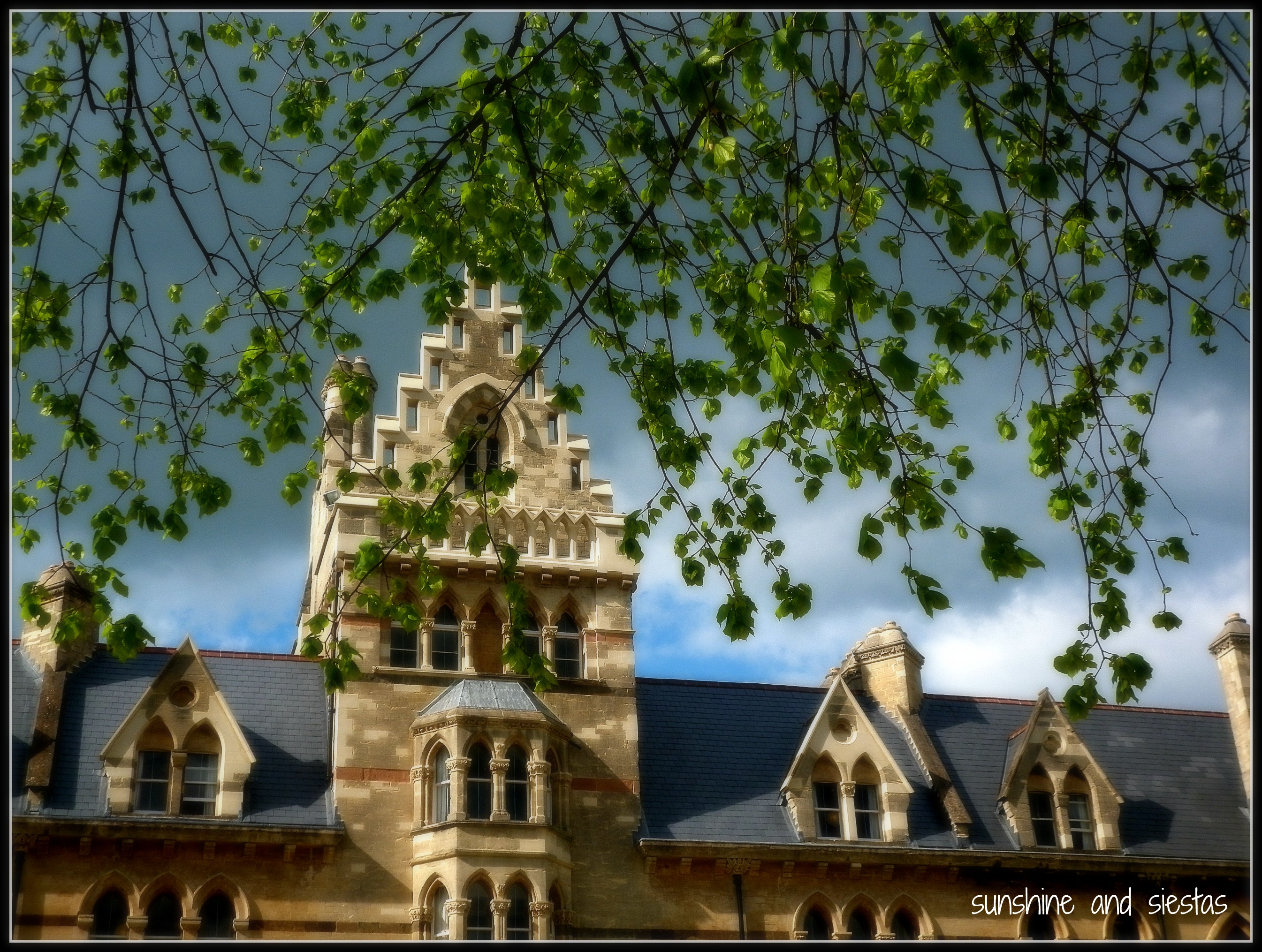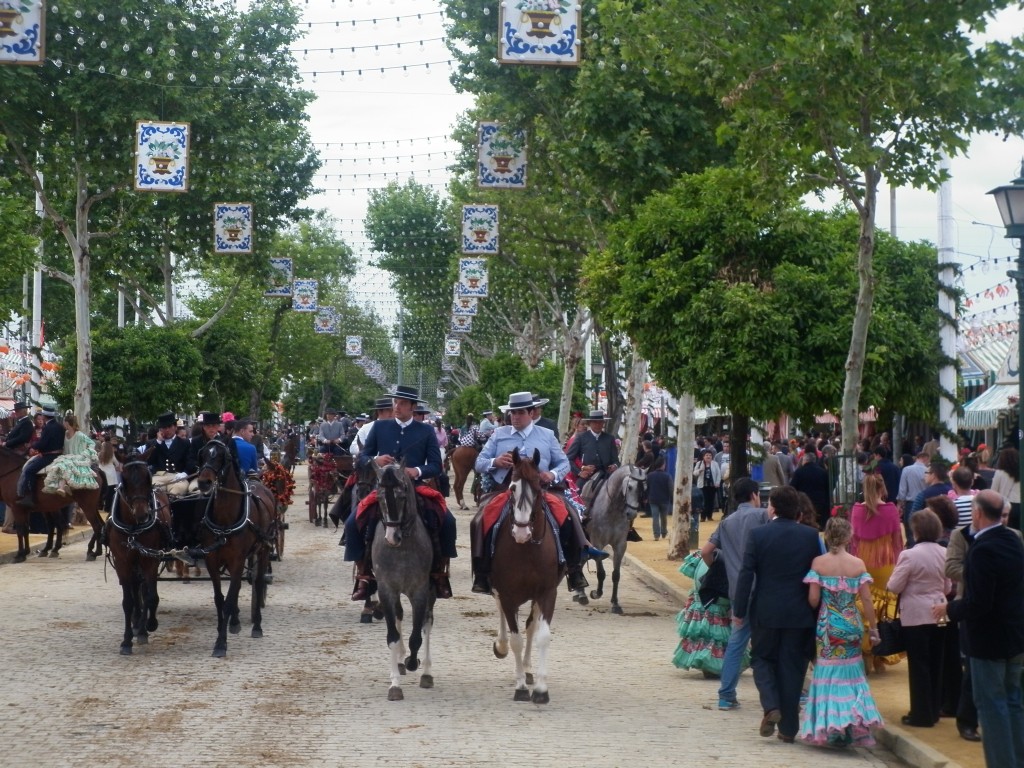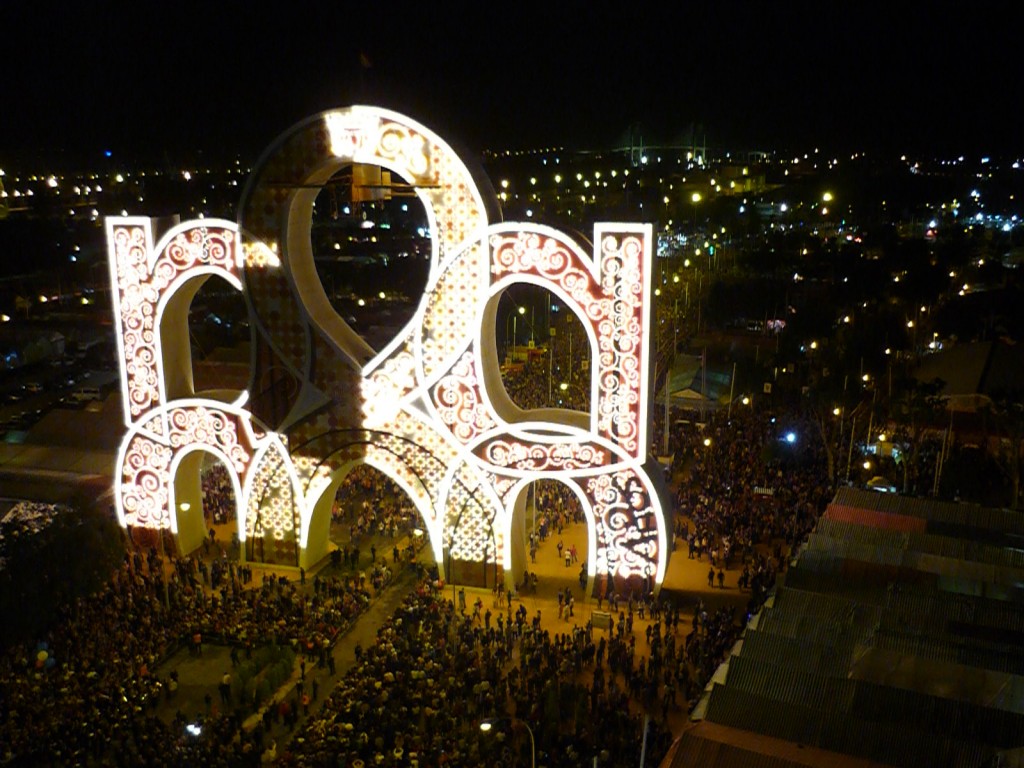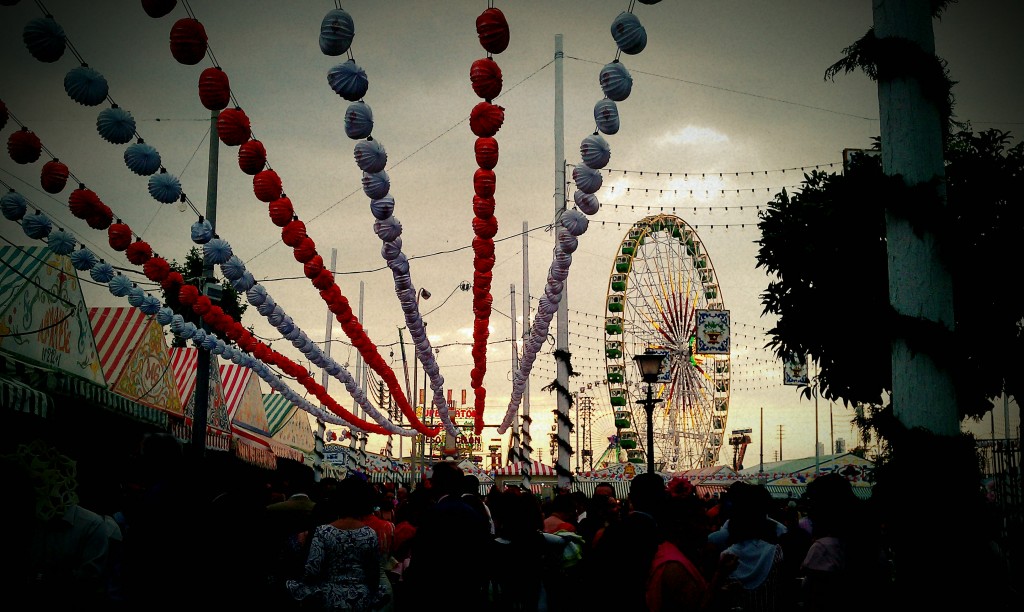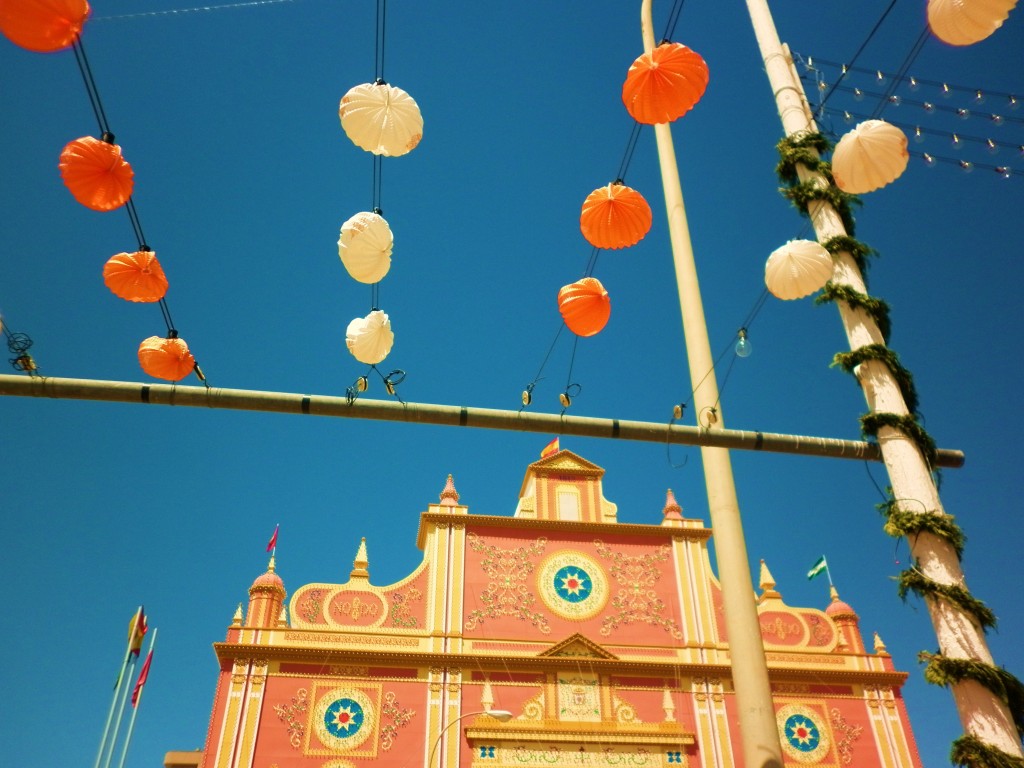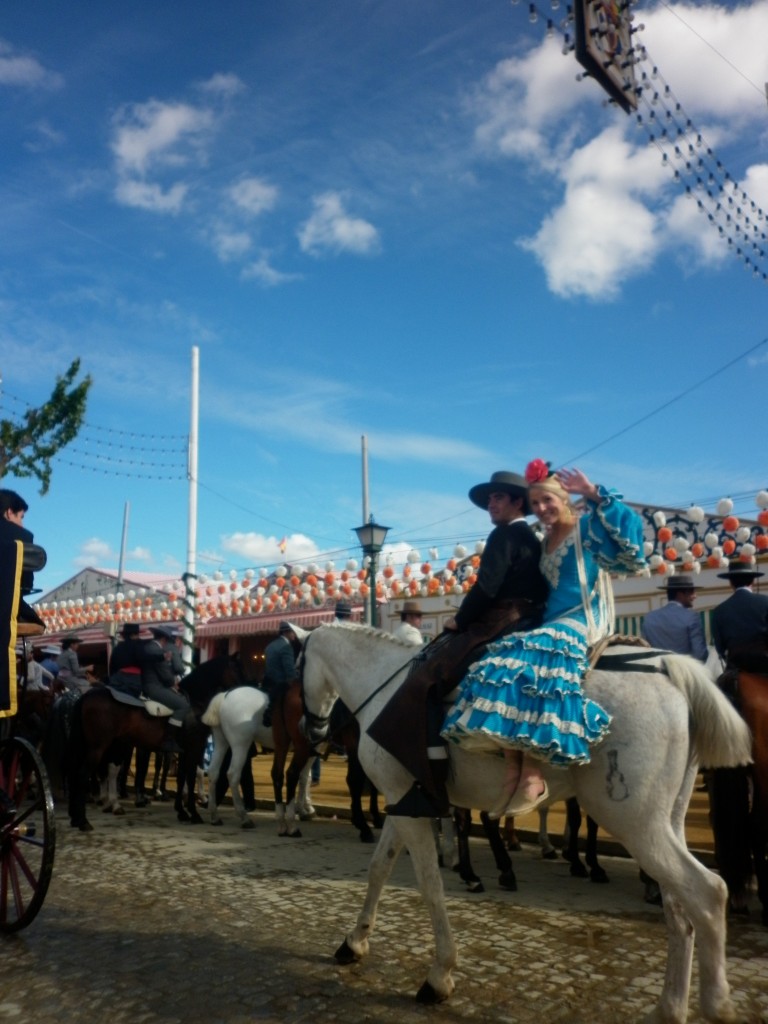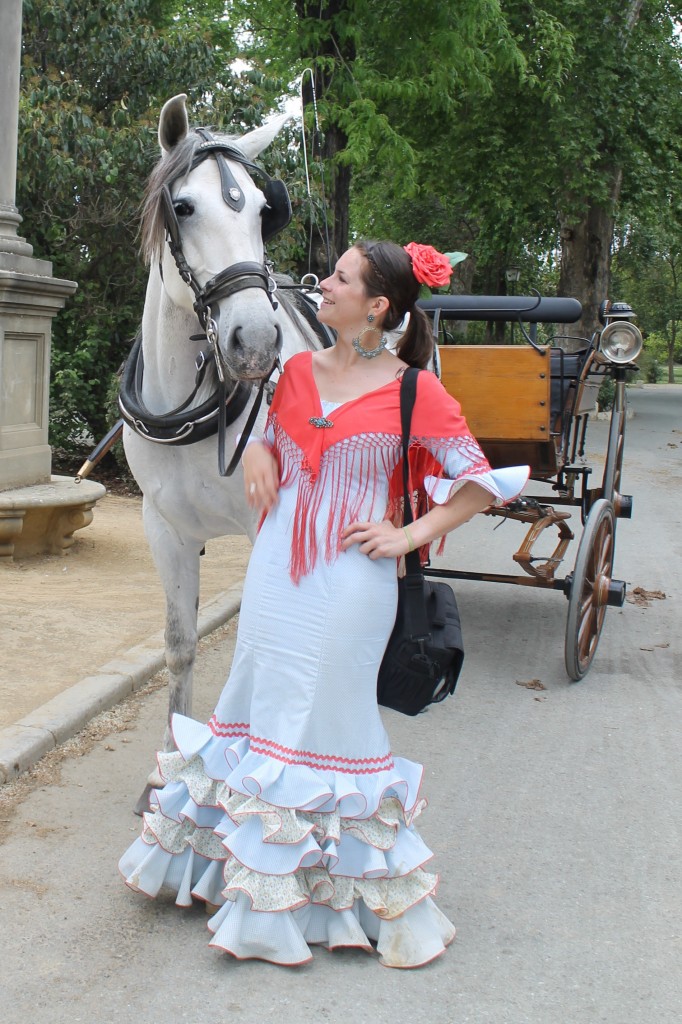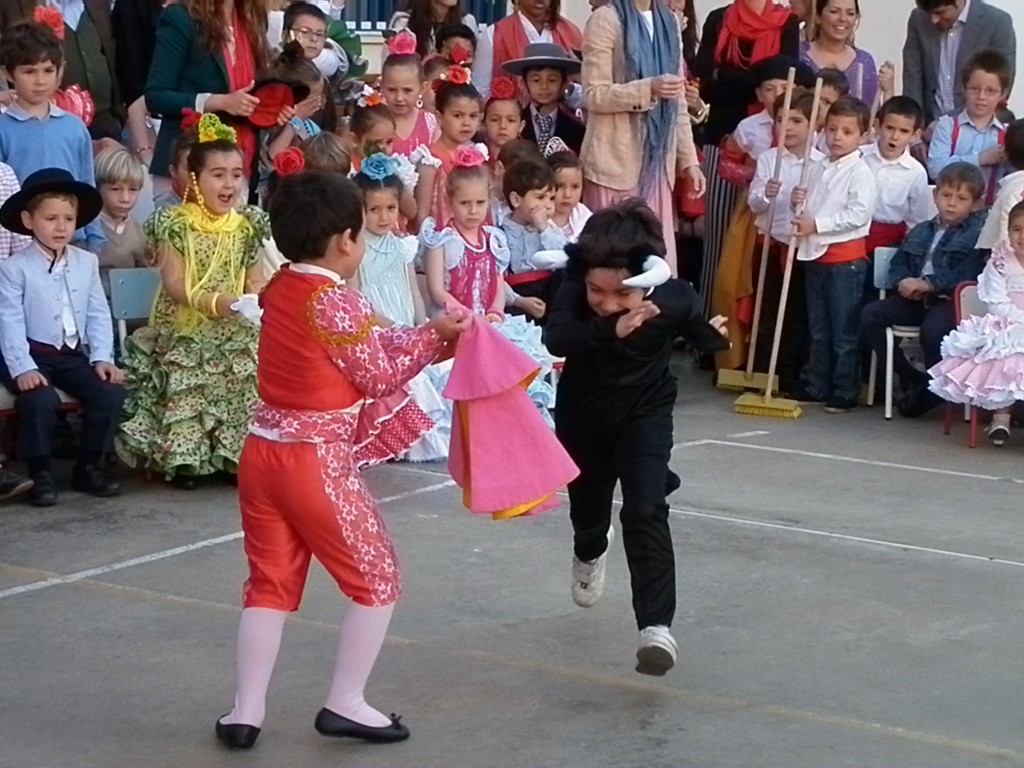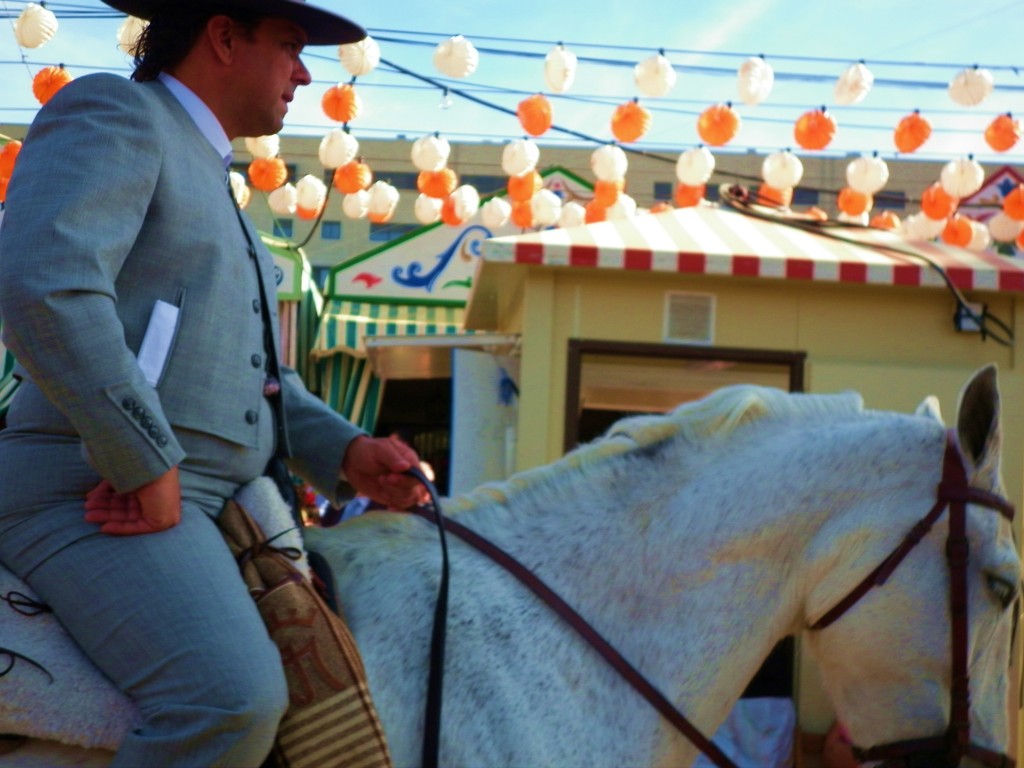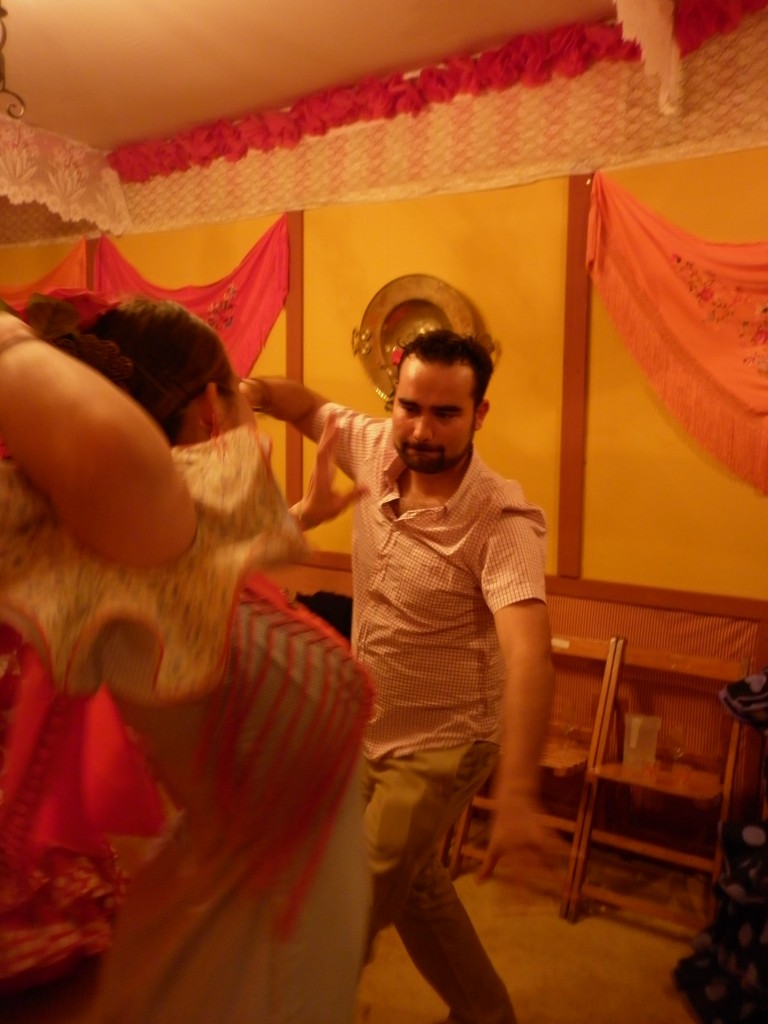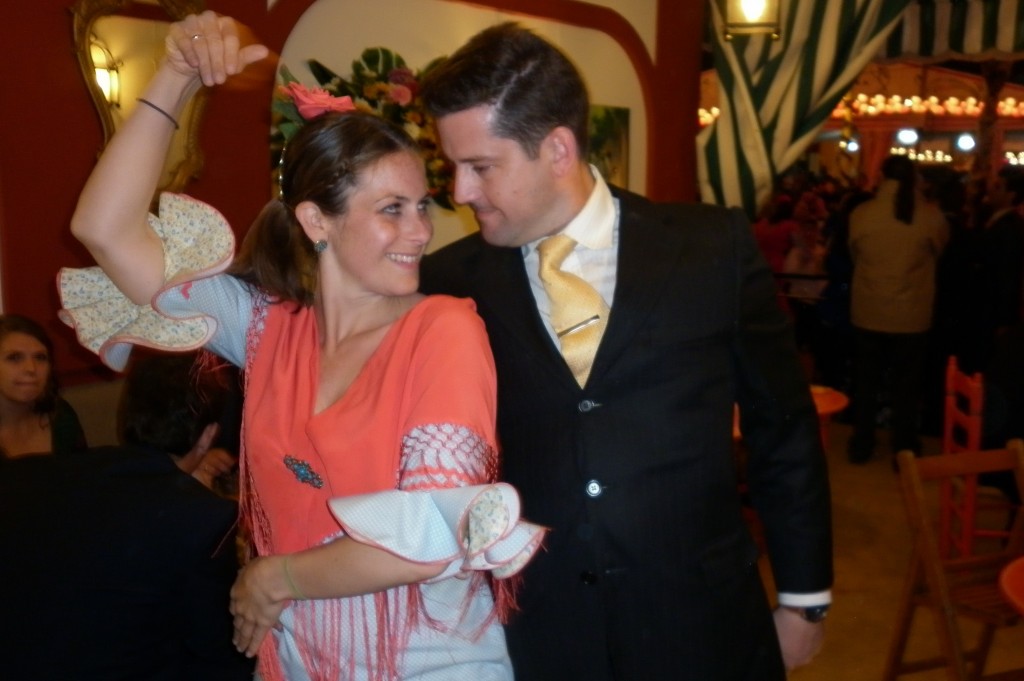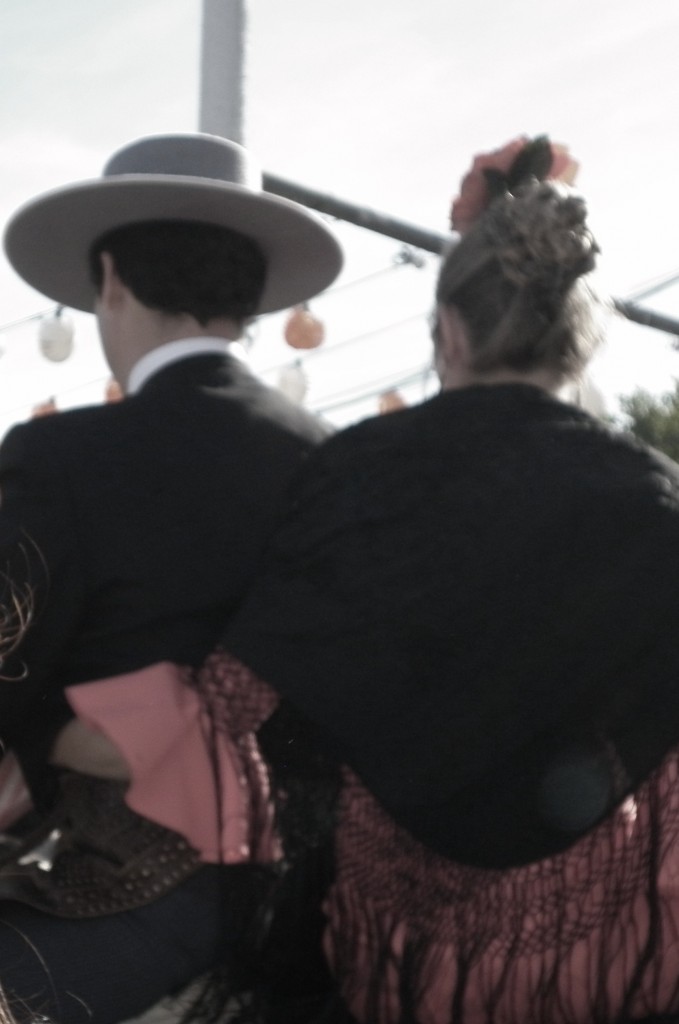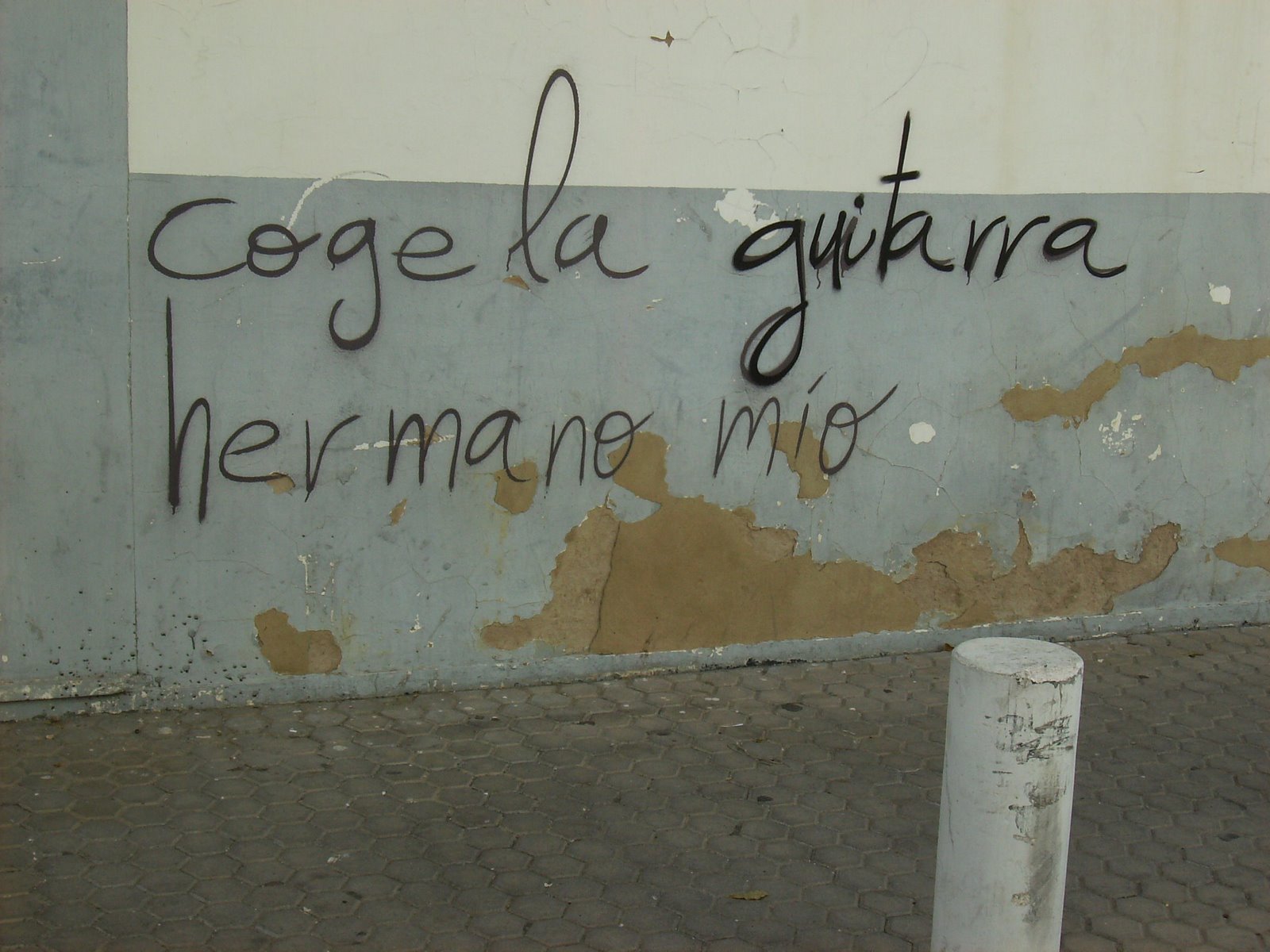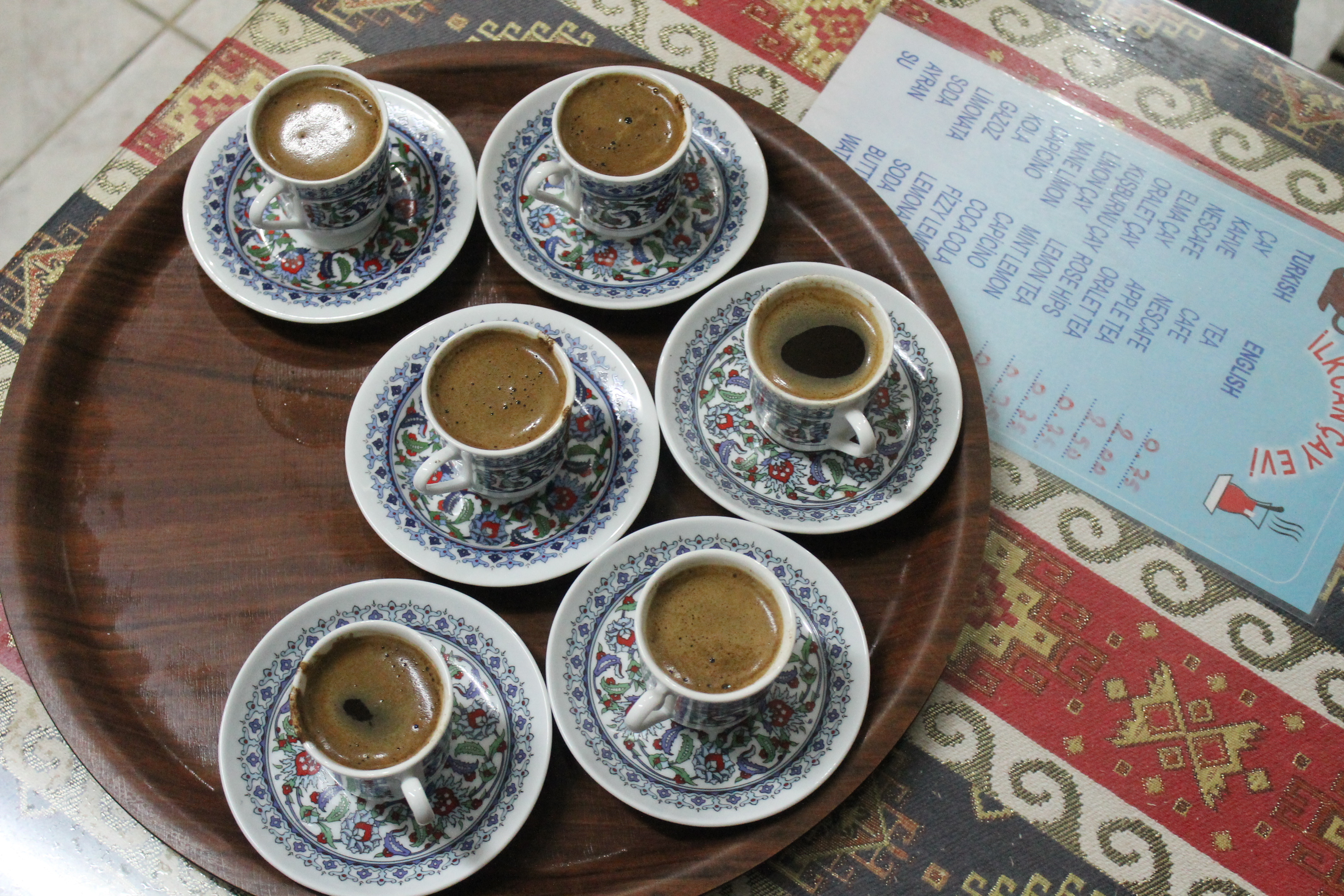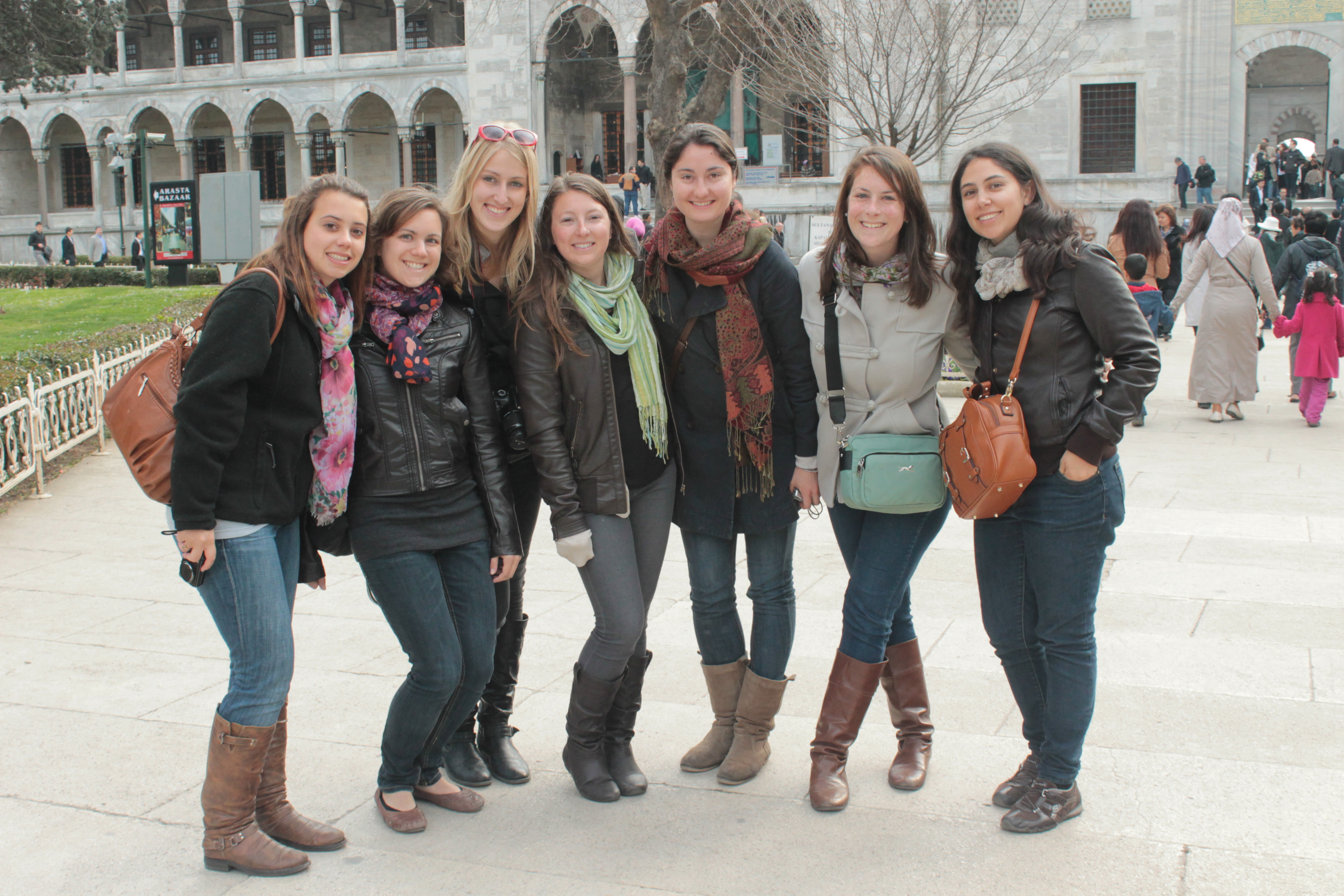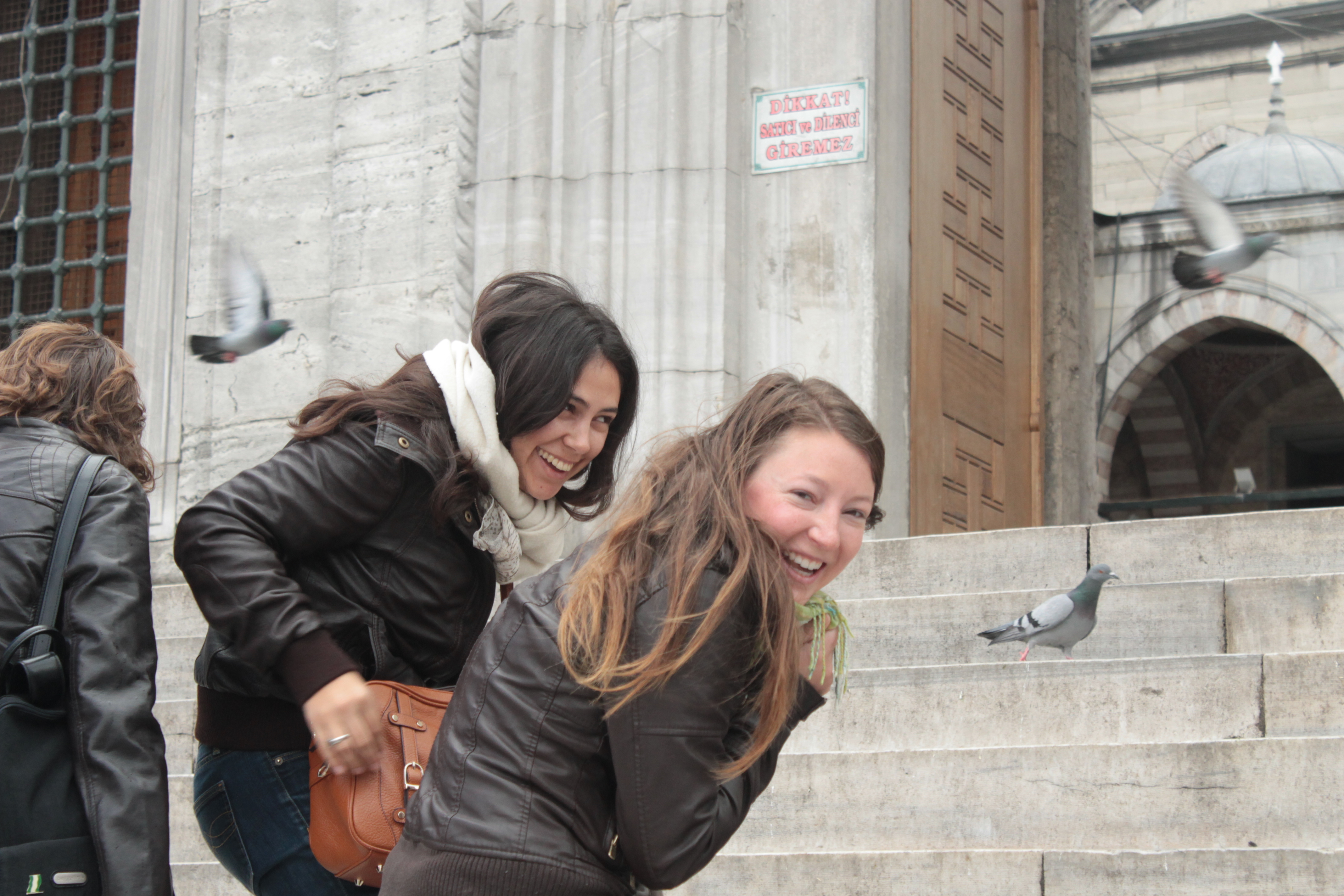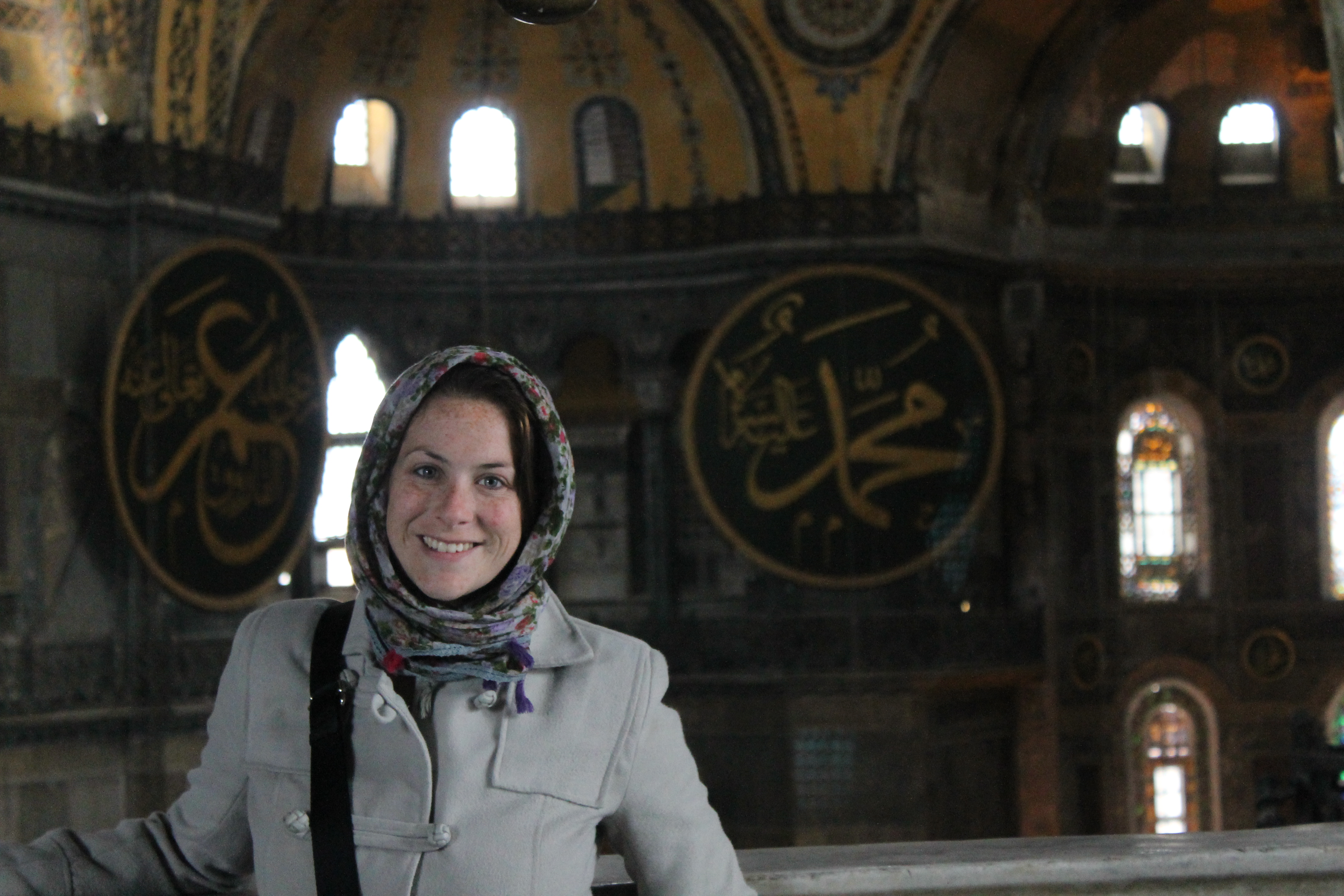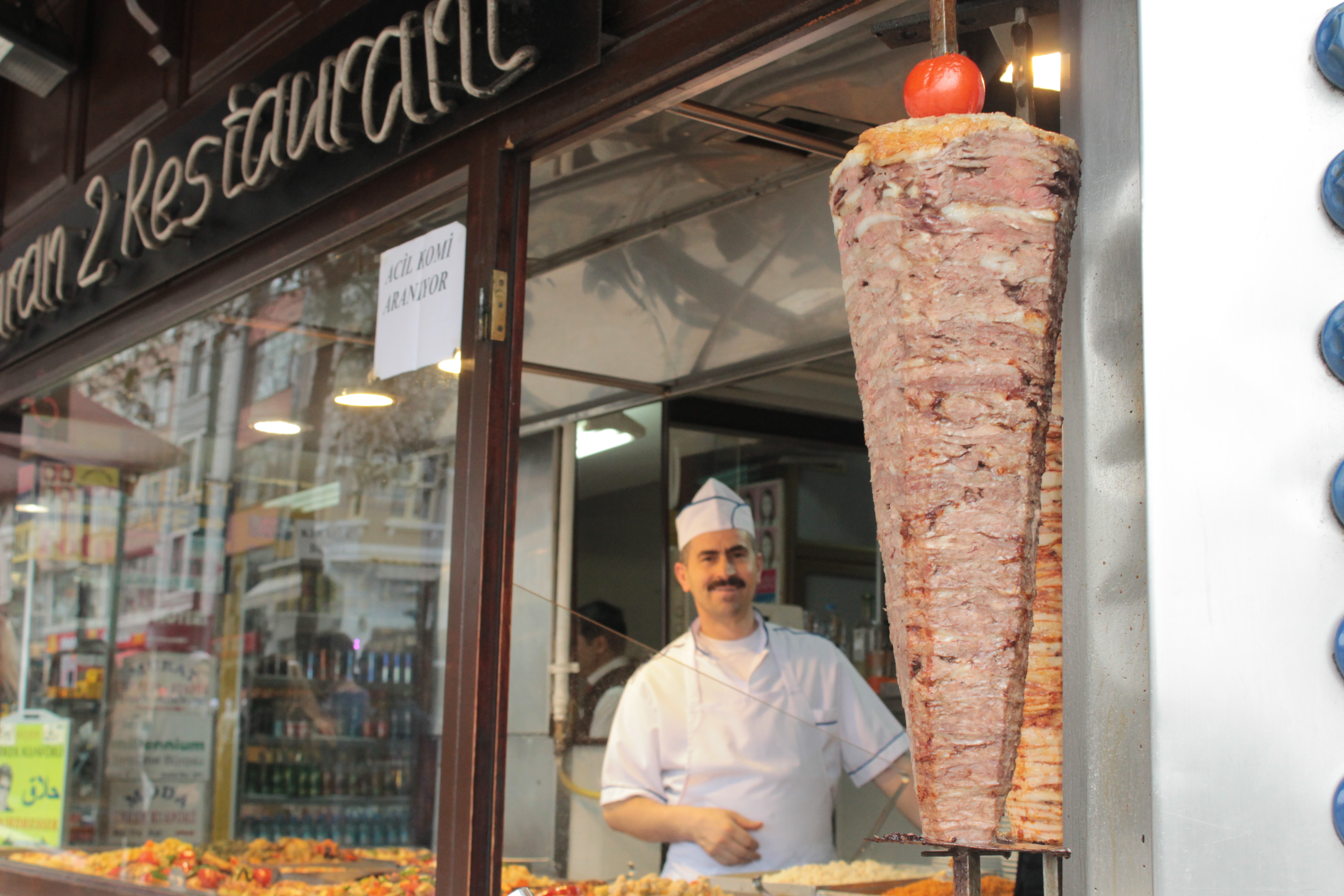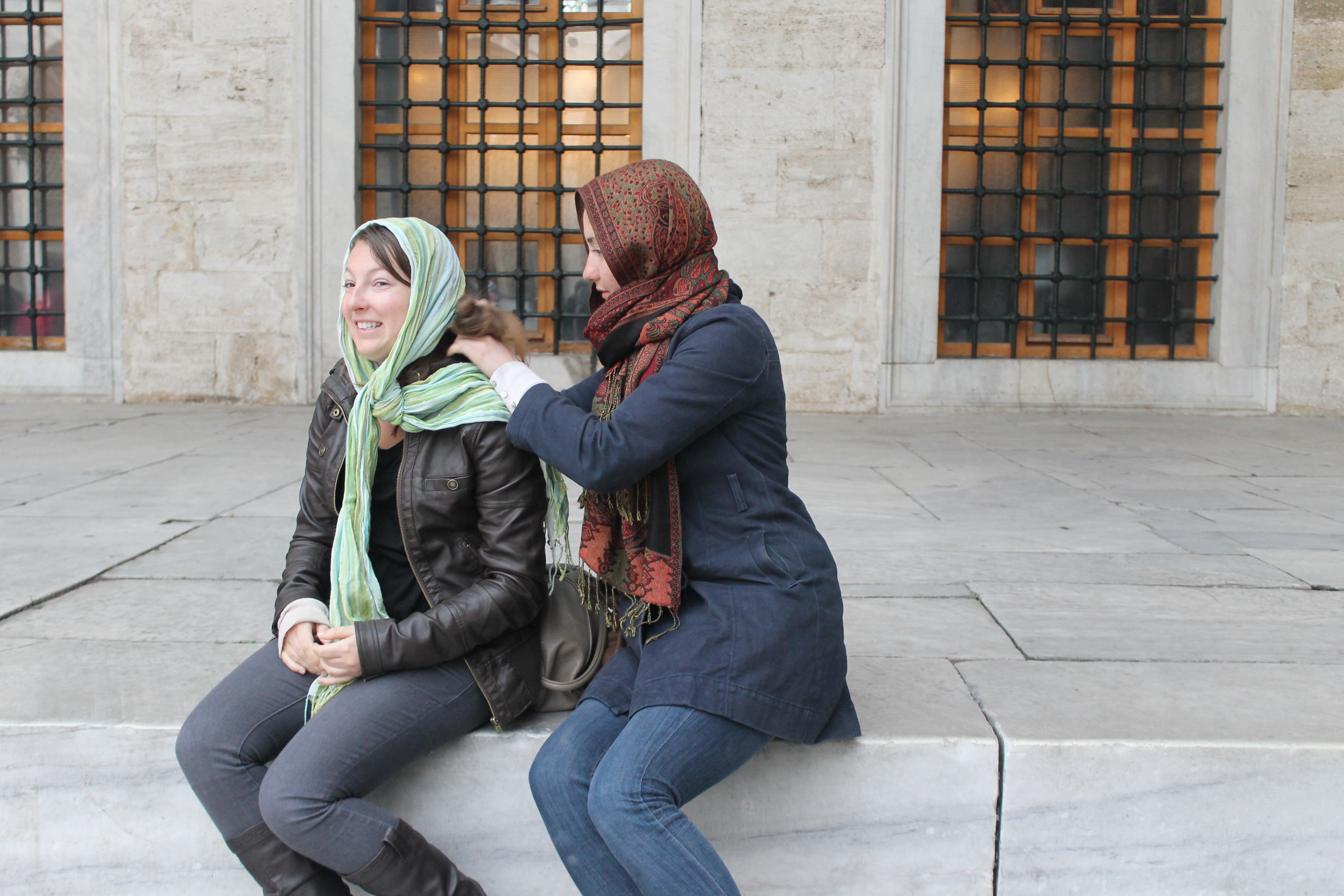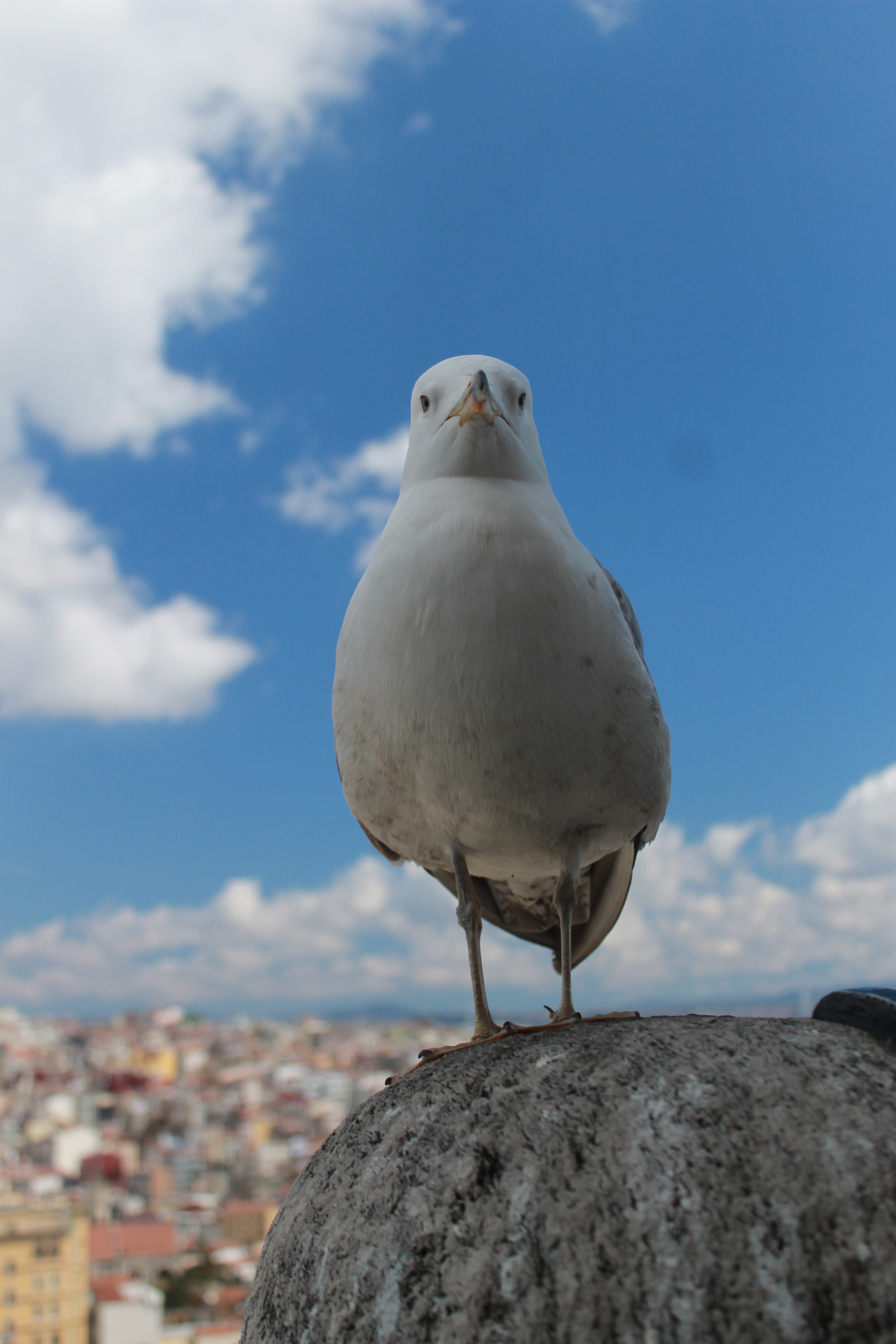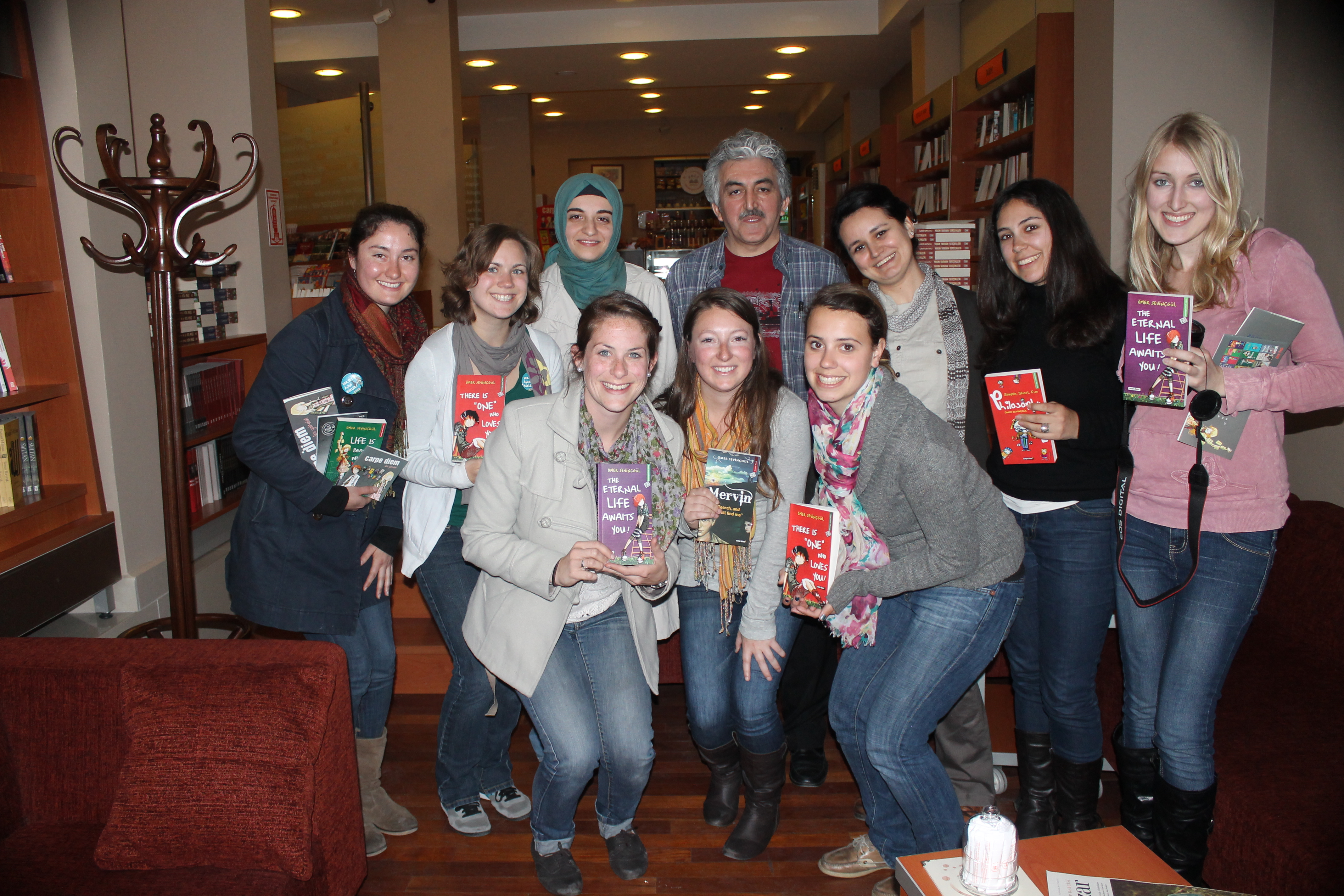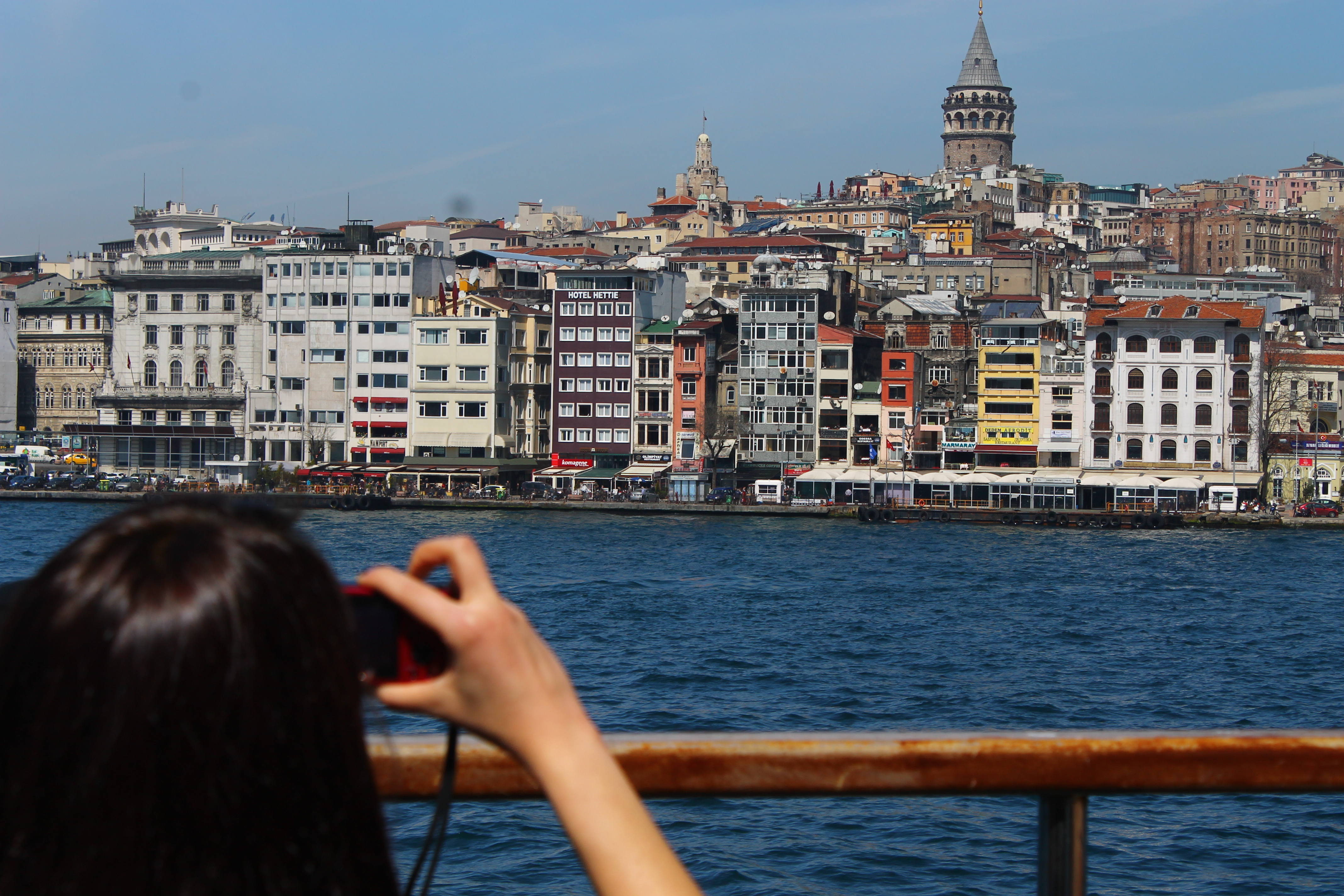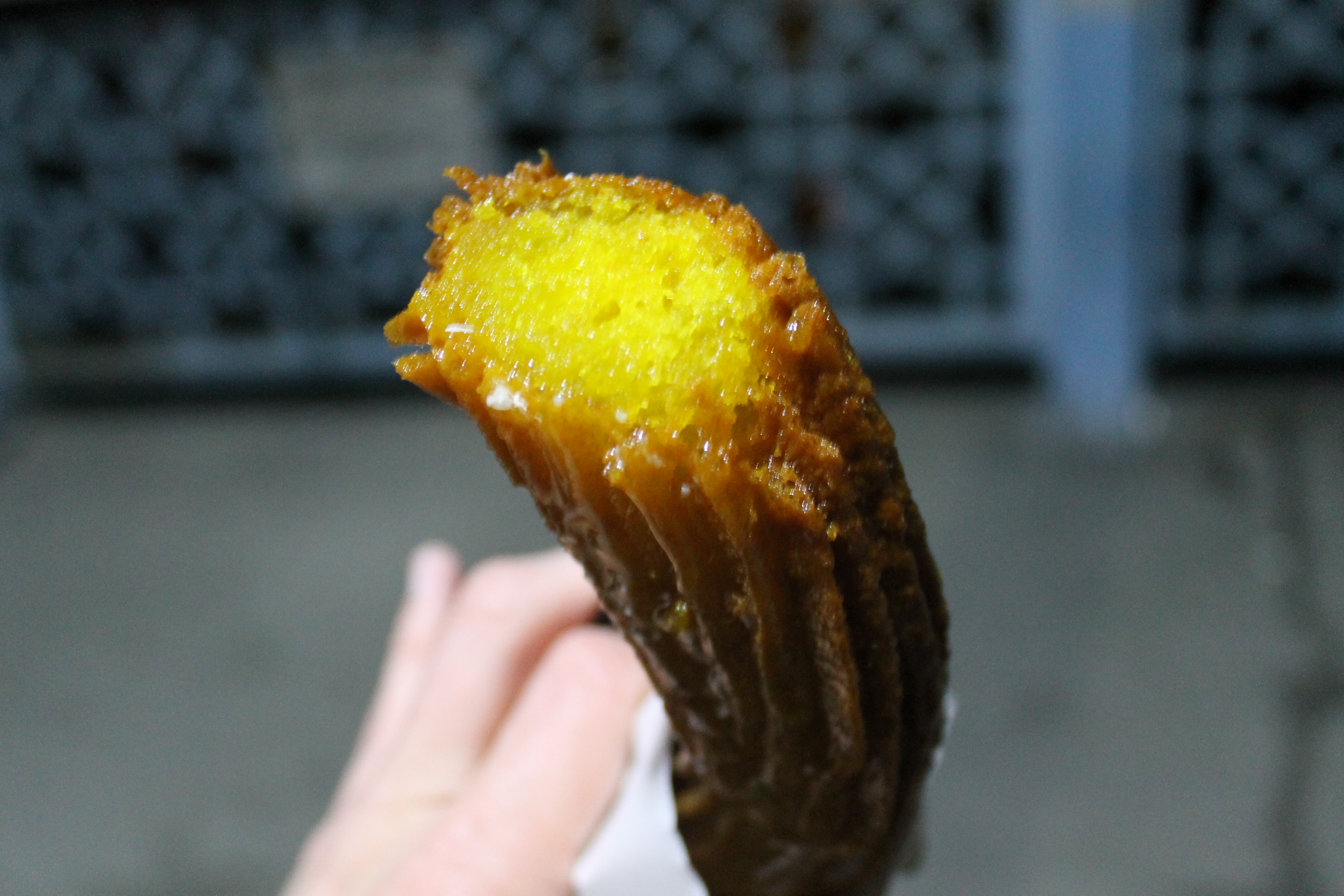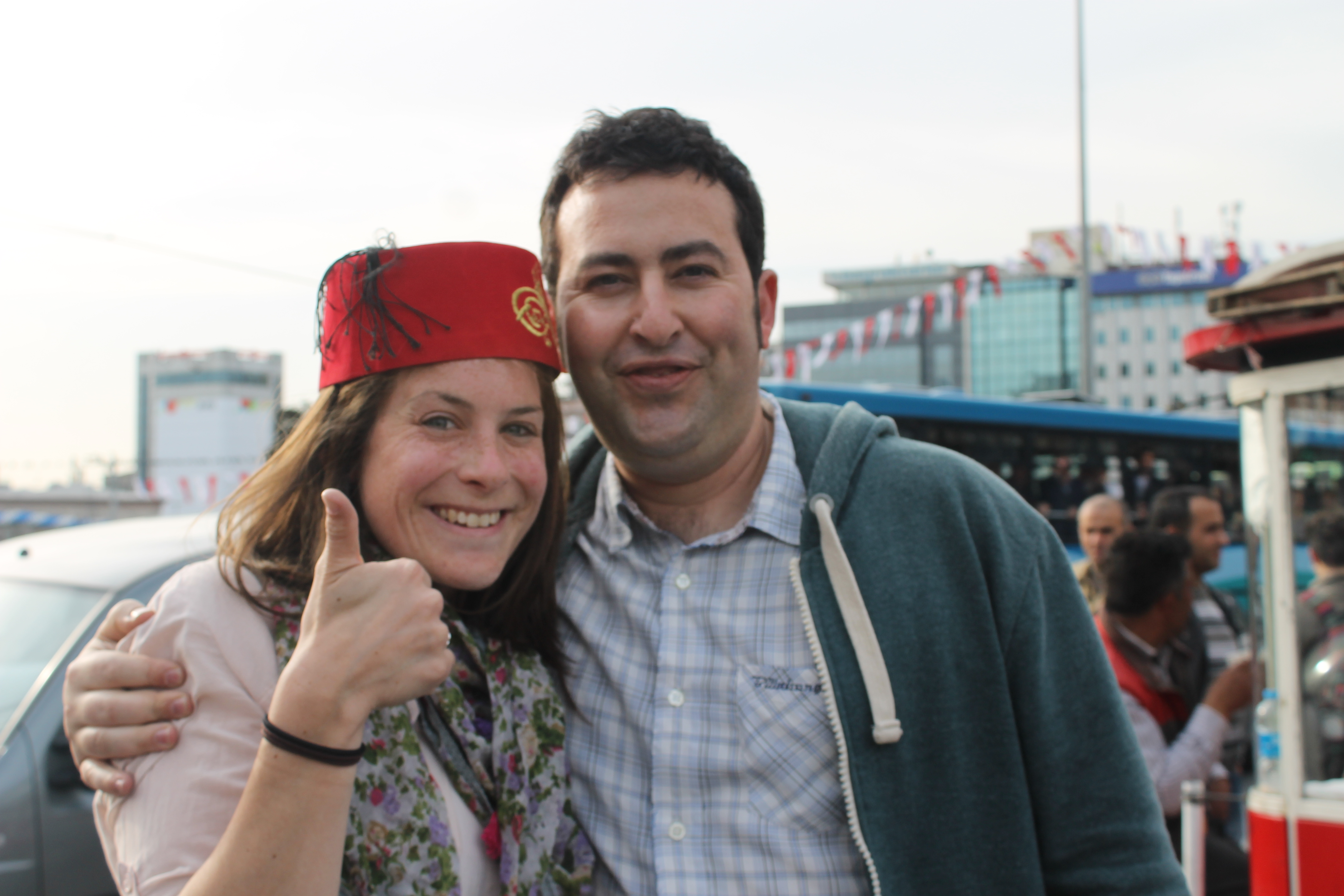You might say my mind has been made up since last August. For the first time in my six flights from America to Spain, I cried boarding.
Normally, I’m equipped with a travel magazine, a bottle of water and a nervous stomach at going back to a place that I love so much, but this trip was different. Spain no longer held the same excitement and romanticism for me as it did during my first few years there, and I wasn’t looking forward to going back.
It was clear what the problem was: My work situation.
I thought about how many mornings I’d trekked to the foreigner’s office or to the unemployment office or to job interviews during the hot summer months. I remember I told my friend Izzy that I was about to throw in the towel and just go back to America, defeated. Then Refu called back, asking me for an interview. Seven hours, a 13-paged written interview and two classroom try outs later, I was officially given the job at SM’s.
And two school years later, I’m bowing out. Official reason? I don’t want to be a teacher forever. I want to blog. To not have to turn down weekend trips because I have too much to do. To live my sevillano life, lest lose it forever.
Next year will be a transition year: master’s in Public Relations at the Universidad Autònoma de Barcelona, 26-hours-a-week teaching gig at a language academy (working in the pm again…weird!) and toying around with this blog. I’ll still be teaching, though I’ve made up my mind that it’s not the career I want forever. At least, not in Spain.
The thing is, my situation – long hours, poor pay, no chance at moving up – will be the same forever unless I do a master’s in teaching. My school threatened to have to complete a five-year teaching program (as a master’s for primary school teacher does not exist) or to lose our jobs. I did them one better and gave official notice about a month ago, citing that I wasn’t willing to pay for five or more years of schooling for something I can’t see myself doing forever.
Of course, there’s more to the story that isn’t fair to share. No one in my school has been overly abusing of anything else but my time and my self-worth. Sure, I’ll miss my co-workers and the staff at the bar across the street, who never need to ask me how I want my breakfast. I’ll miss the parents, full of compliments and funny stories about the 45 kids I’ve grown to adore after being their tutora for 10 months.
That’s the thing – I’ll miss my kids with locura. Absolute, unending locura.
If I make the count, I’ve taught at least 700 kids in some form – between my five years and three summers teaching. I’ve had kids that make my nerves snap, kids who are mini-mes (and tell me they want to teach English like me), kids who understand where I’m coming from, kids who give me hell. As a director of studies, I’ve put up with fist fights, calls home sobbing to parents, crazy moms who yell at me over the phone…vamos, all in a day’s work. Between the test-giving, the long nights preparing theatres and parties, the endless hours of programming and grading, I’ve found that this is and isn’t where I want to be.
I think about just how far me and the babies have come since September. Having been their English teacher in Five years’ preschool, I already had the confianza of knowing them – and having them know me. They were excited, and I had unhappy preschool parents asking to know why I’d been changed to primary. But I was elated. Finally, my own classroom, a manageable number of kids and a feeling of actually being on the team.
It wasn’t all rainbows and butterflies – there were kids who I needed to win over, motivation to keep up and a lot of work to be done. Since my coworker and I have 45 kids, that’s twice the work when it comes to grading and report cards, and an extra class of parents to see. But I enjoyed watching their Aha! moments, rewarding them for using their English blocks of speech (even if just a few words here and there) and how they smiled when we’d play a game (roll the ball in the bucket as a math game? I deserve some kind of award) or take a field trip or make a breakthrough. They, as well as I, have matured and come into their own in these ten months, and I’ll take a piece of them with me when I have to say goodbye next Friday.
The plan, before I gave notice, was for me to continue onto second grade with my minions. Multiplication tables, reflexive verbs and the solar system were all on the docket, and I had many anxious six-year-olds asking, ¿Serás nuestra seño en segundo? Since my move up to first grade was so unexpected, I didn’t have to lie and say I didn’t know who their teacher would be next year, because it’s all up to the boss anyway. But as I take down their adorable drawings, send home their corrected and completed workbooks, I find myself giving more hugs and kisses, pinching more cheeks and wishing that things could somehow be different.
Teaching and I have a love-hate relationship: I hate the work, but love the reward. I find pleasure in creating a challenging lesson and giving it, like standing up and acting goofy in front of a crowd and crave the daily satisfaction that a young learner’s progress garners. It’s all of the extras at my school that was slowing me down, and it all came to a head with the theatre last week. I cried in front of the kids for the first time all year.
My decision to leave is the right one for me.
Maybe some of my kids who finally started getting results will get blocked with a new teacher. Or maybe they’ll like him more. But I’m confident that the right foundation has been laid for them to be successful.
Now that exams, grades and everything else is done, it’s time to enjoy with the kids who taught me that school can be fun and hands-on, with the ones who read my emotions even better than I do, the ones who say ” I want the holidays to Chicago con Miss Cat!” Boogers and all, they’re still really special kids, and I will miss them dearly.
